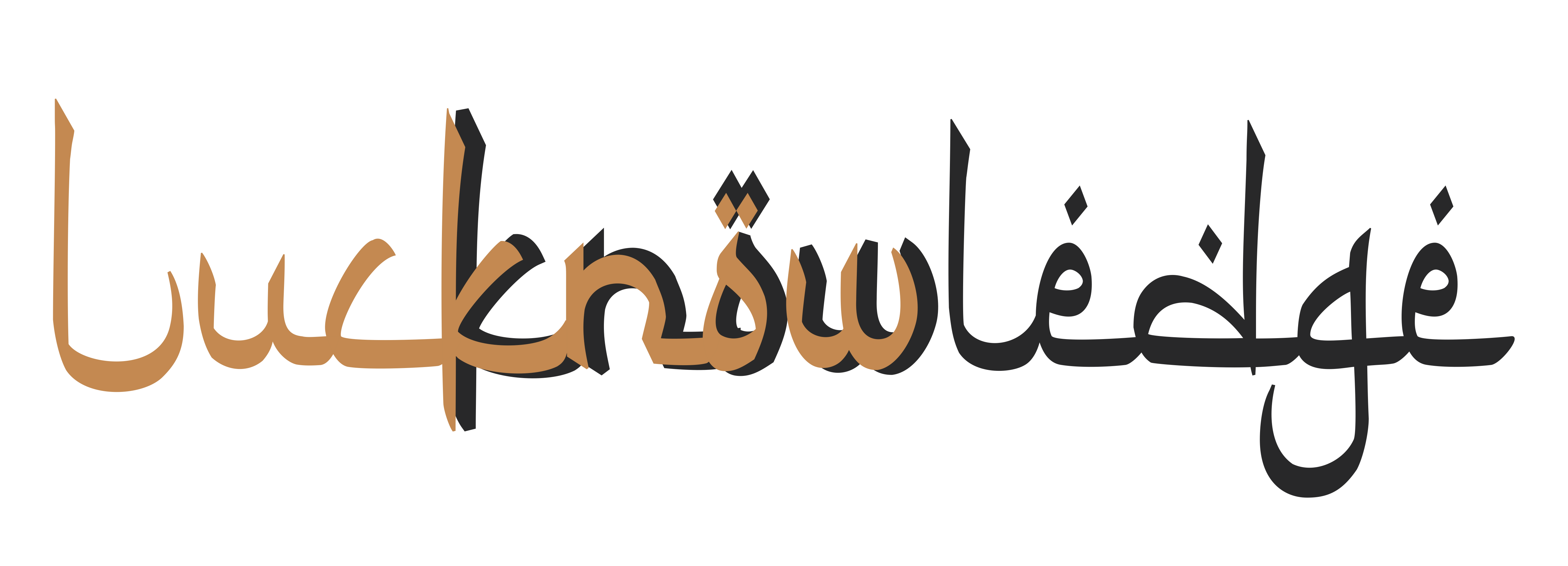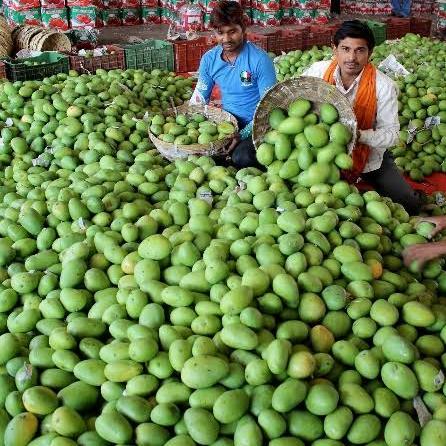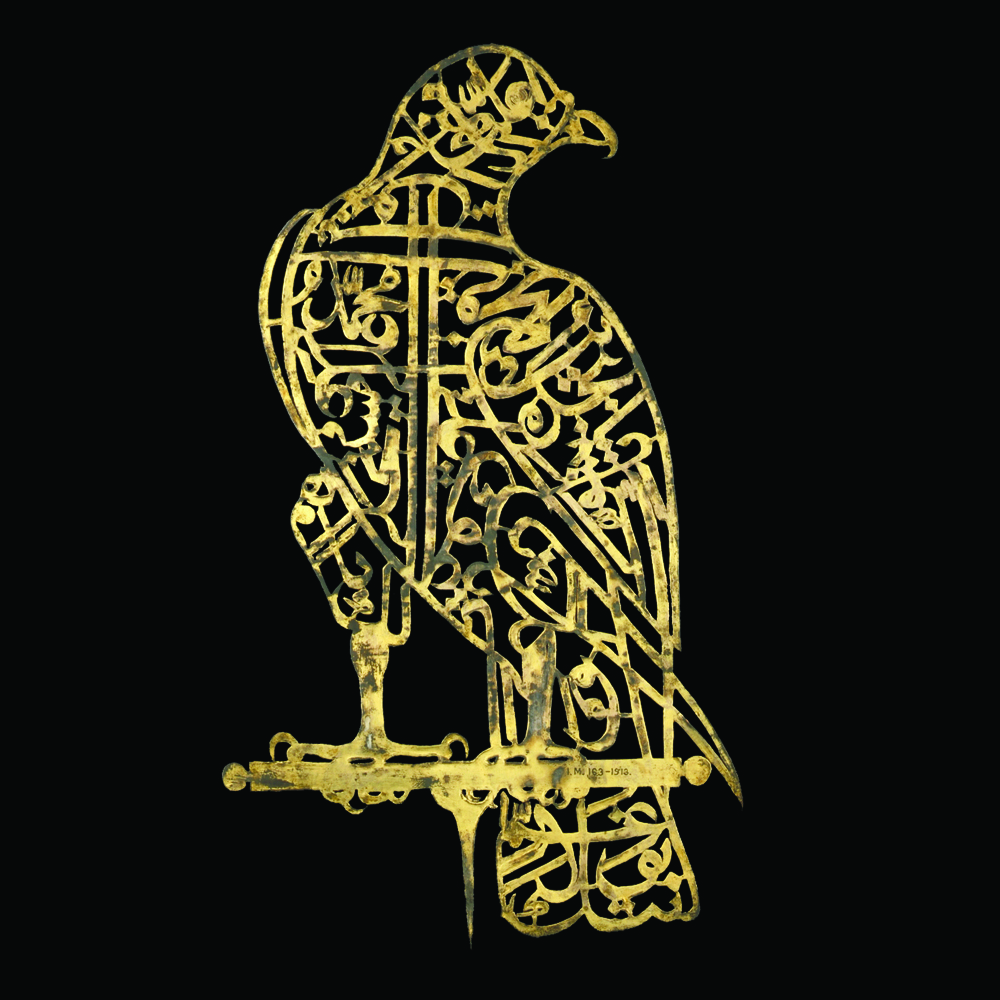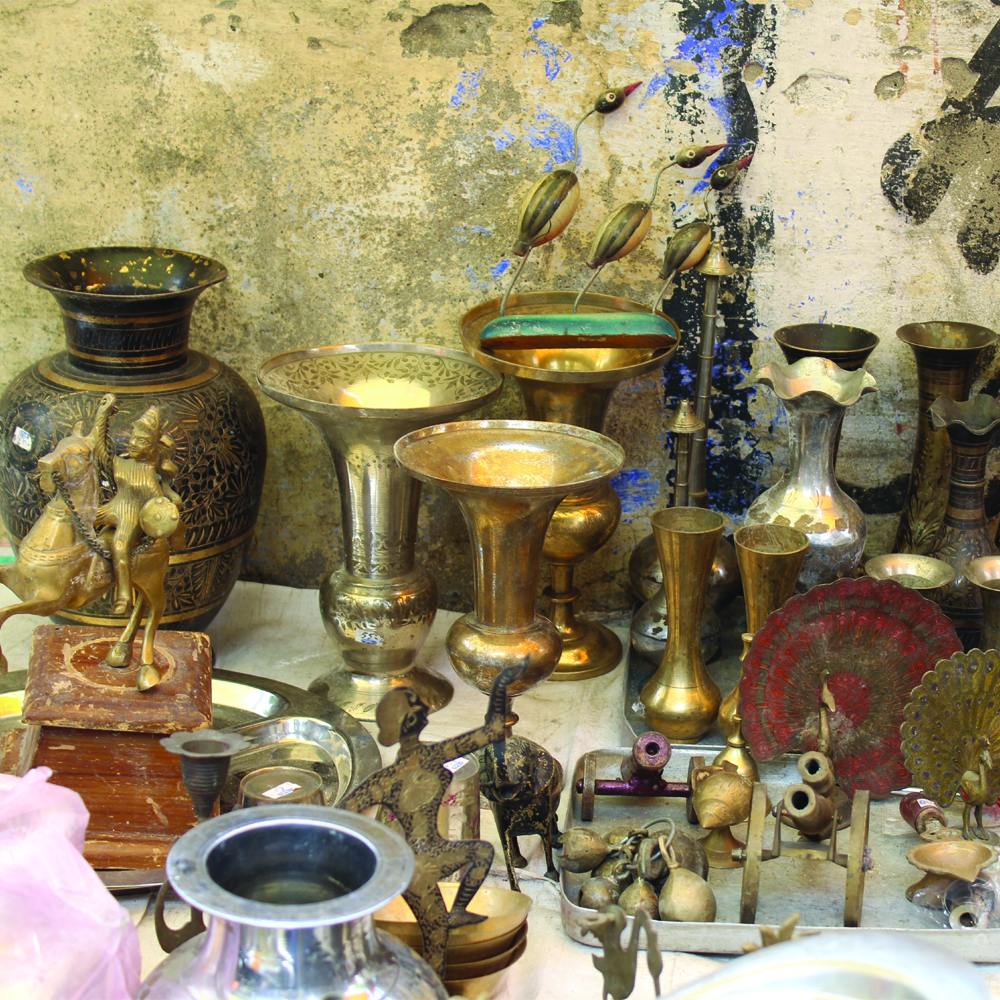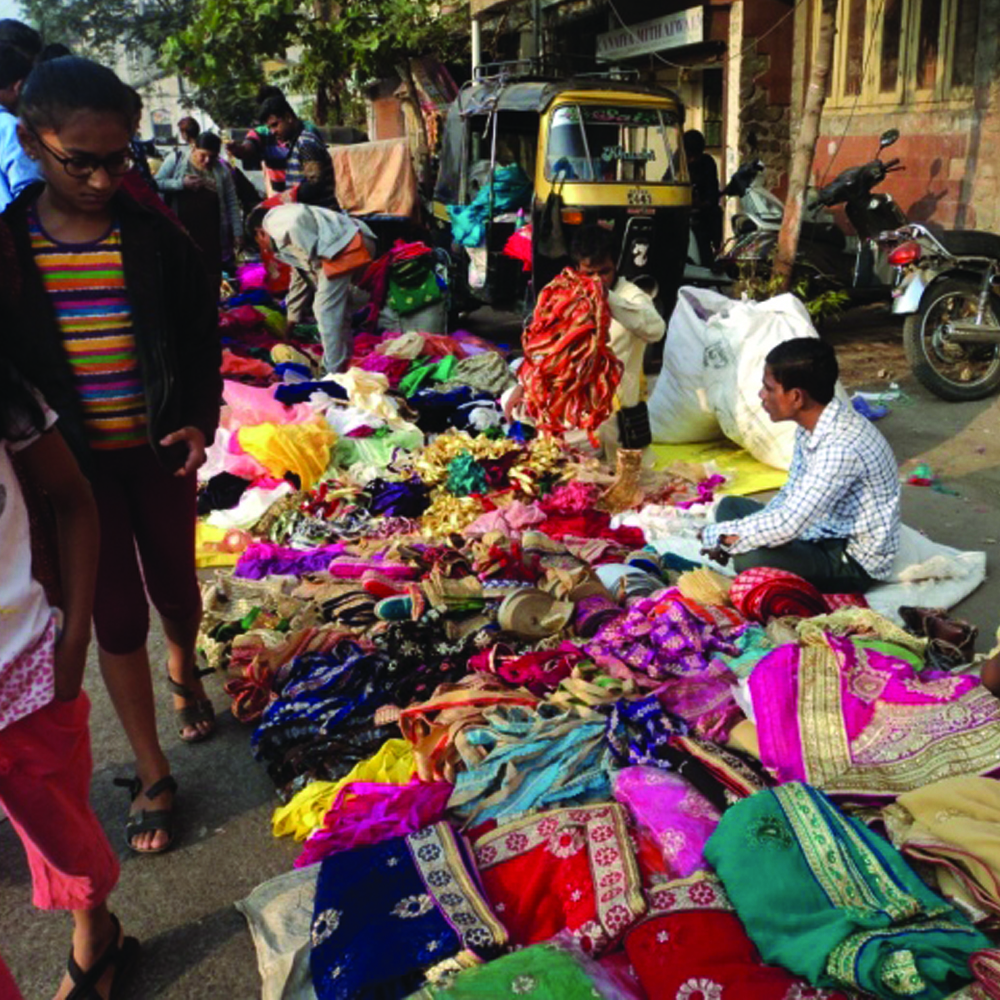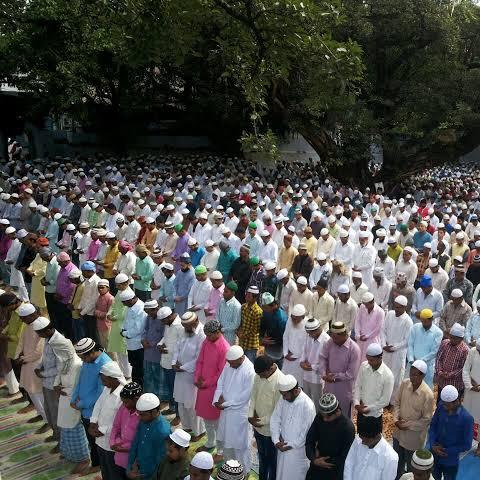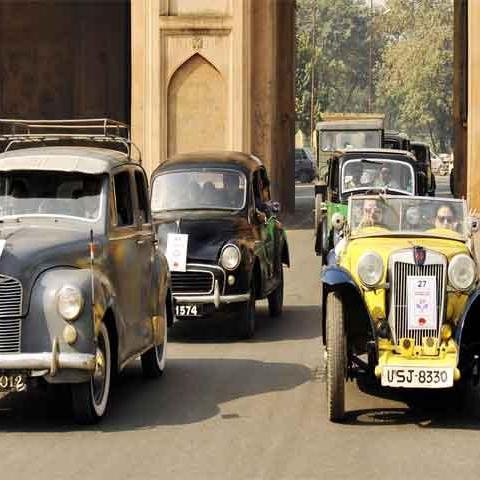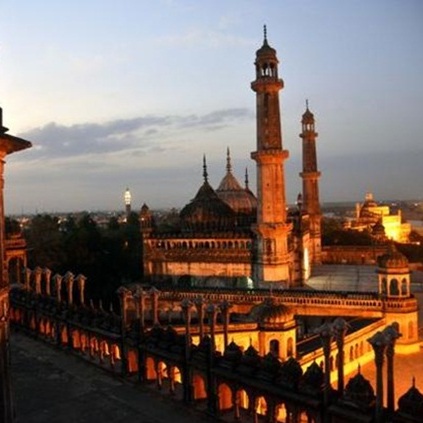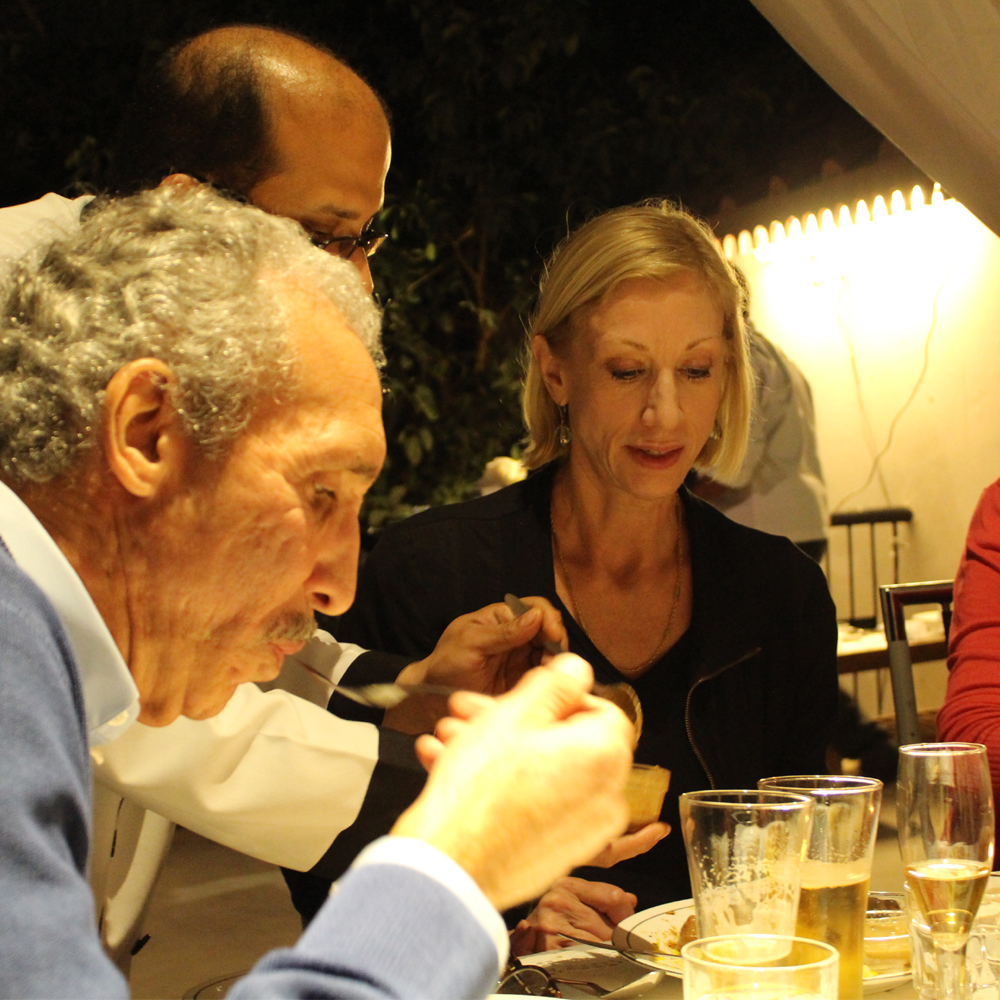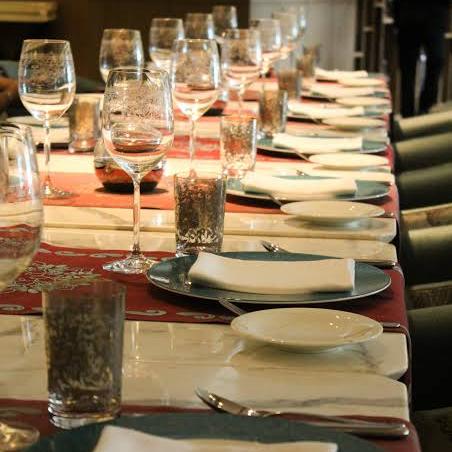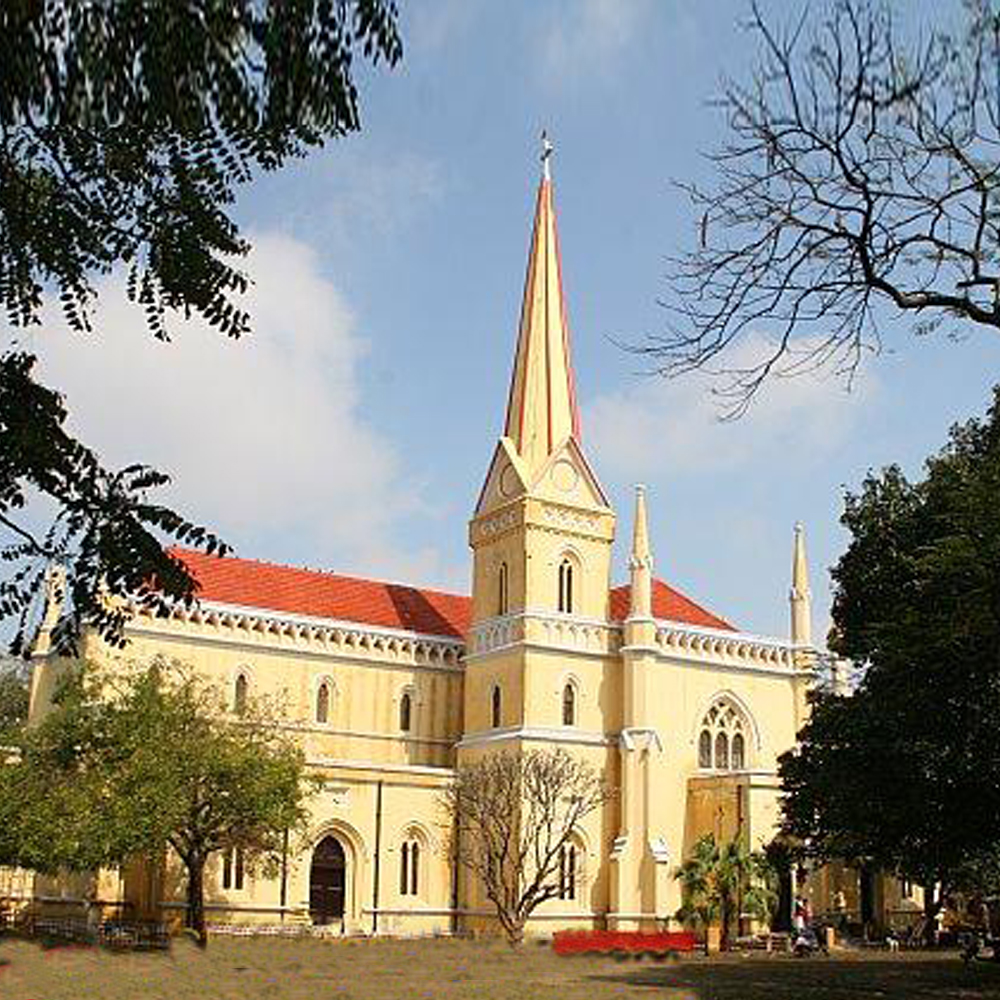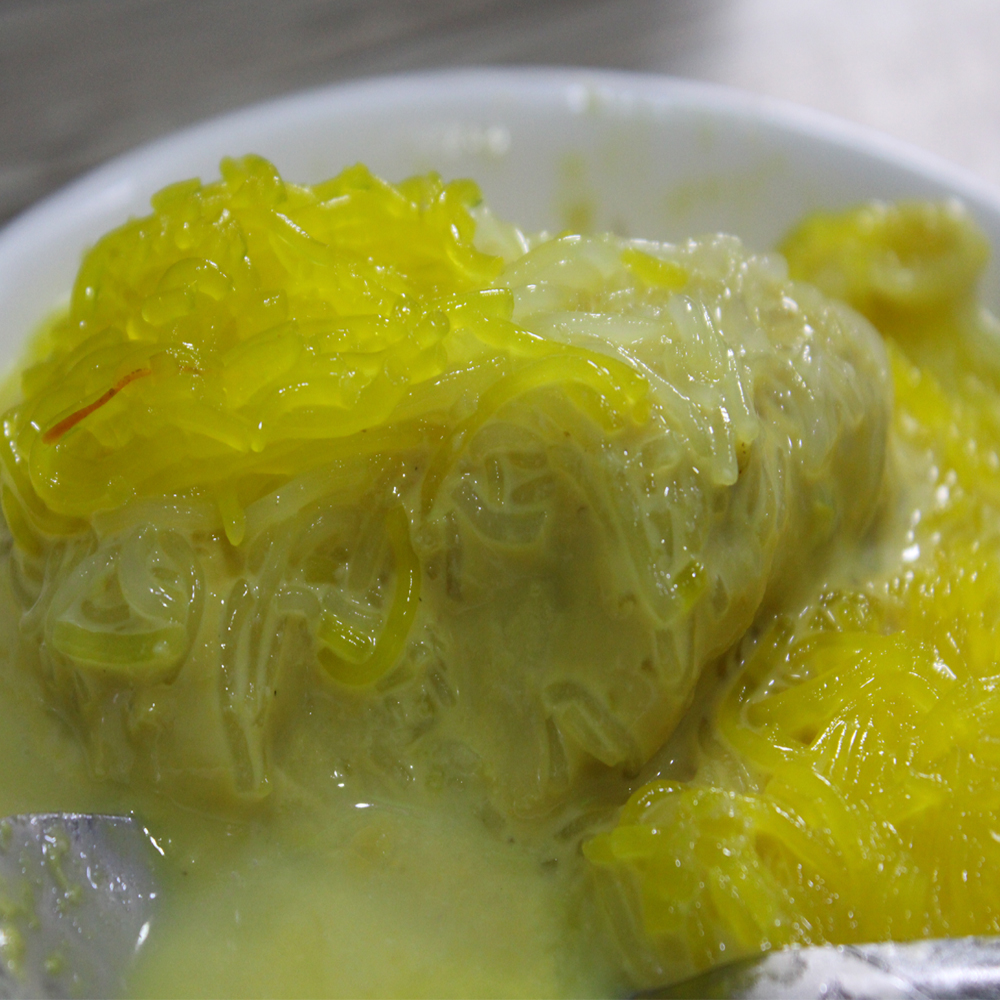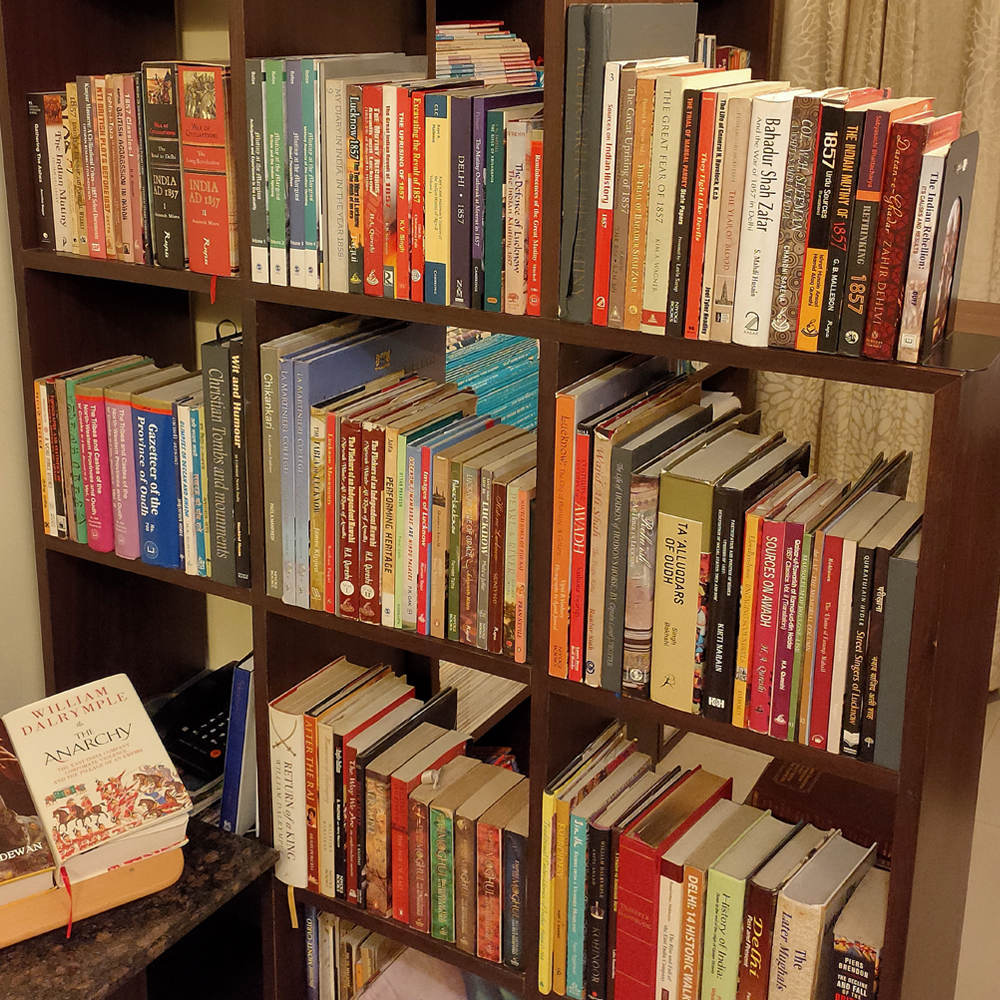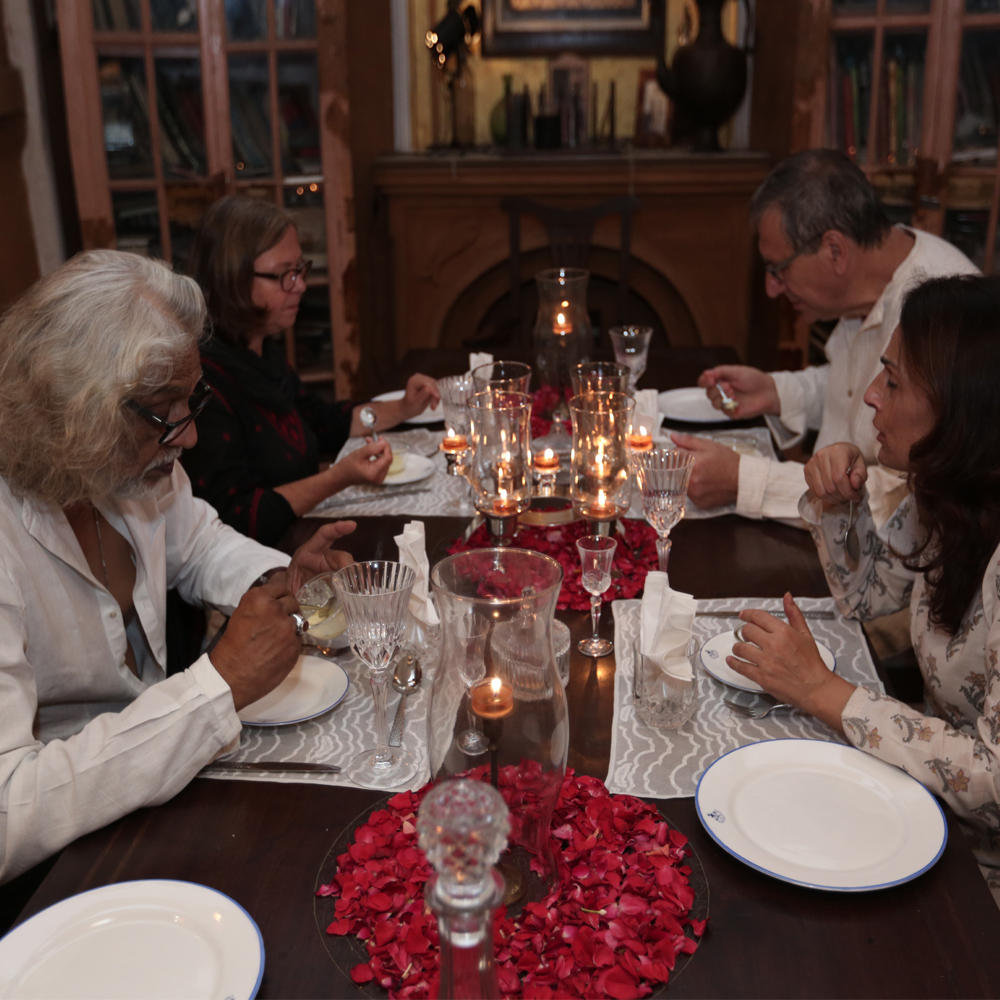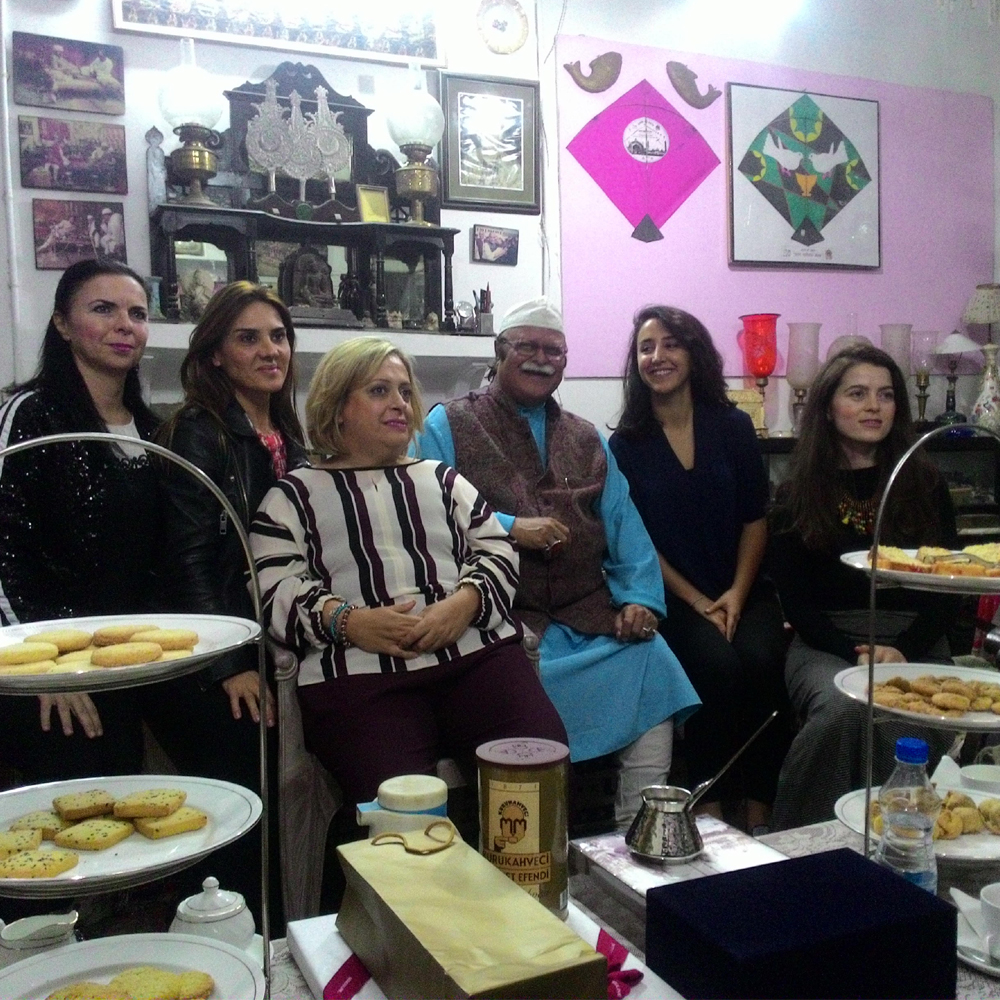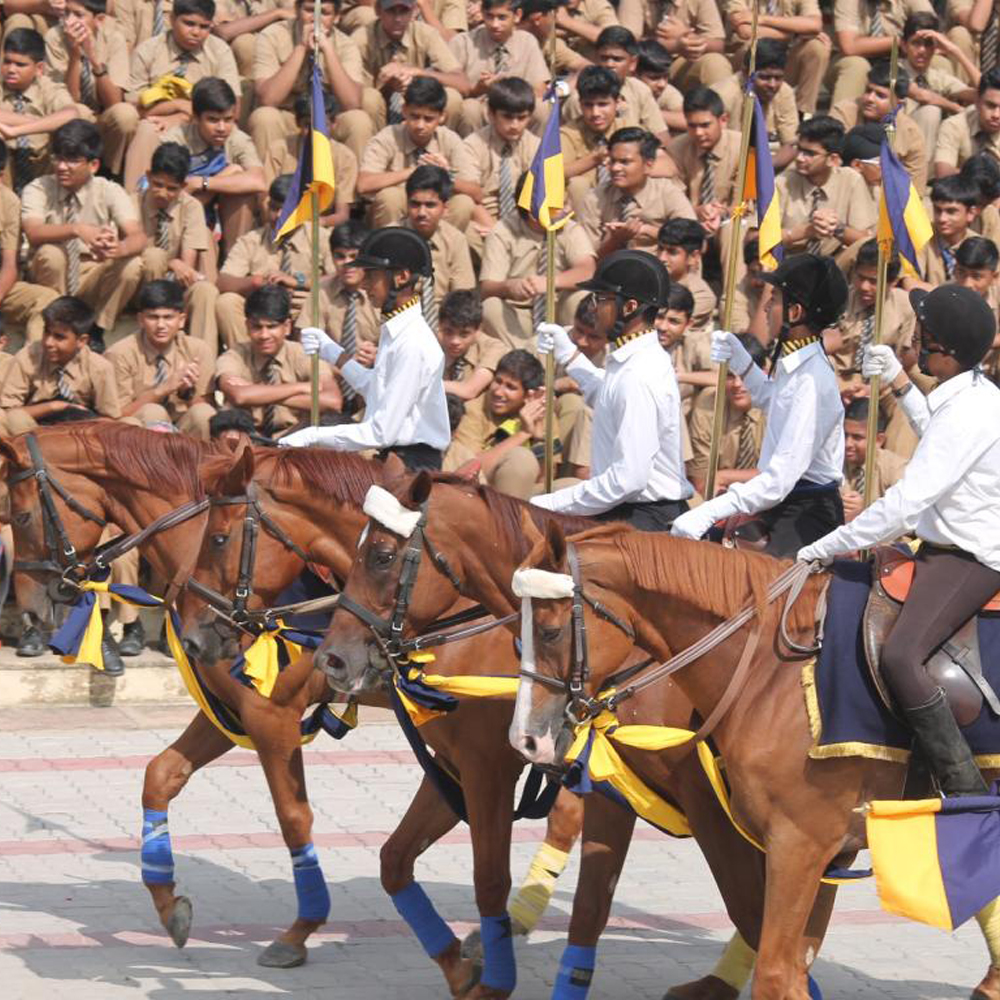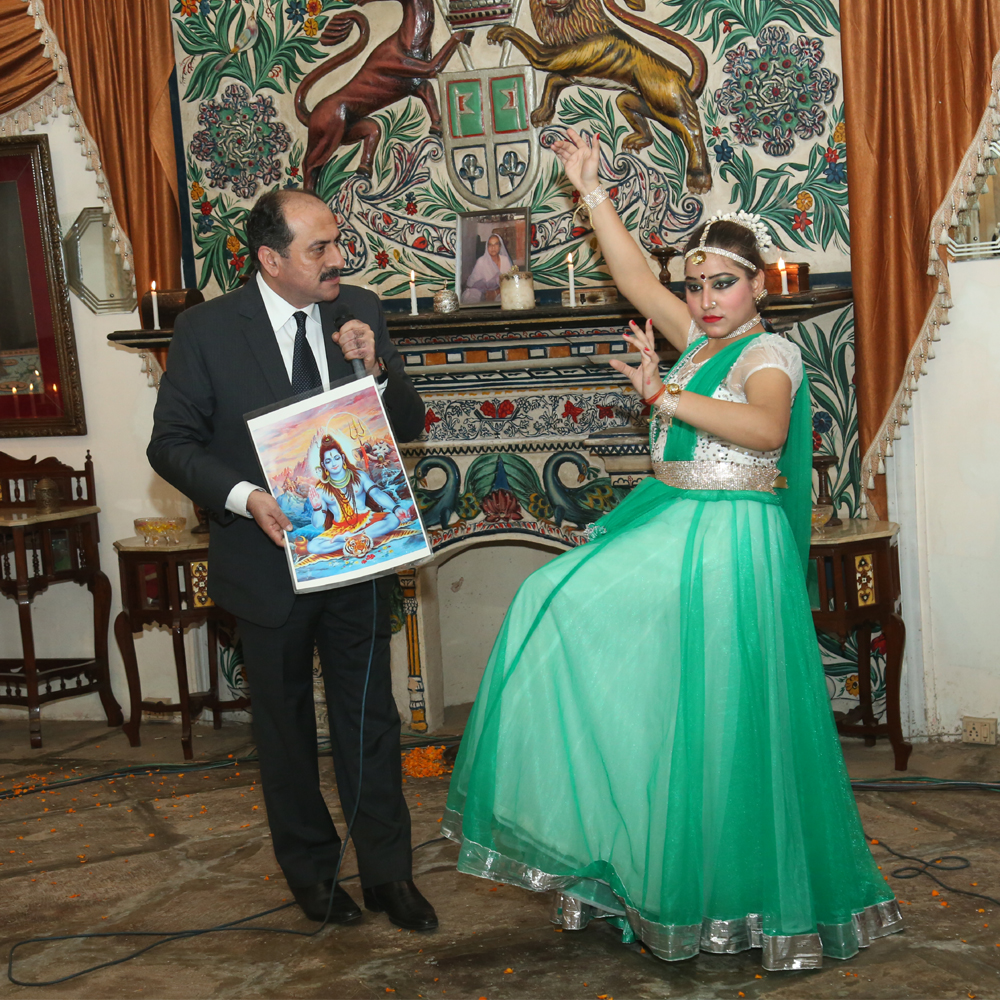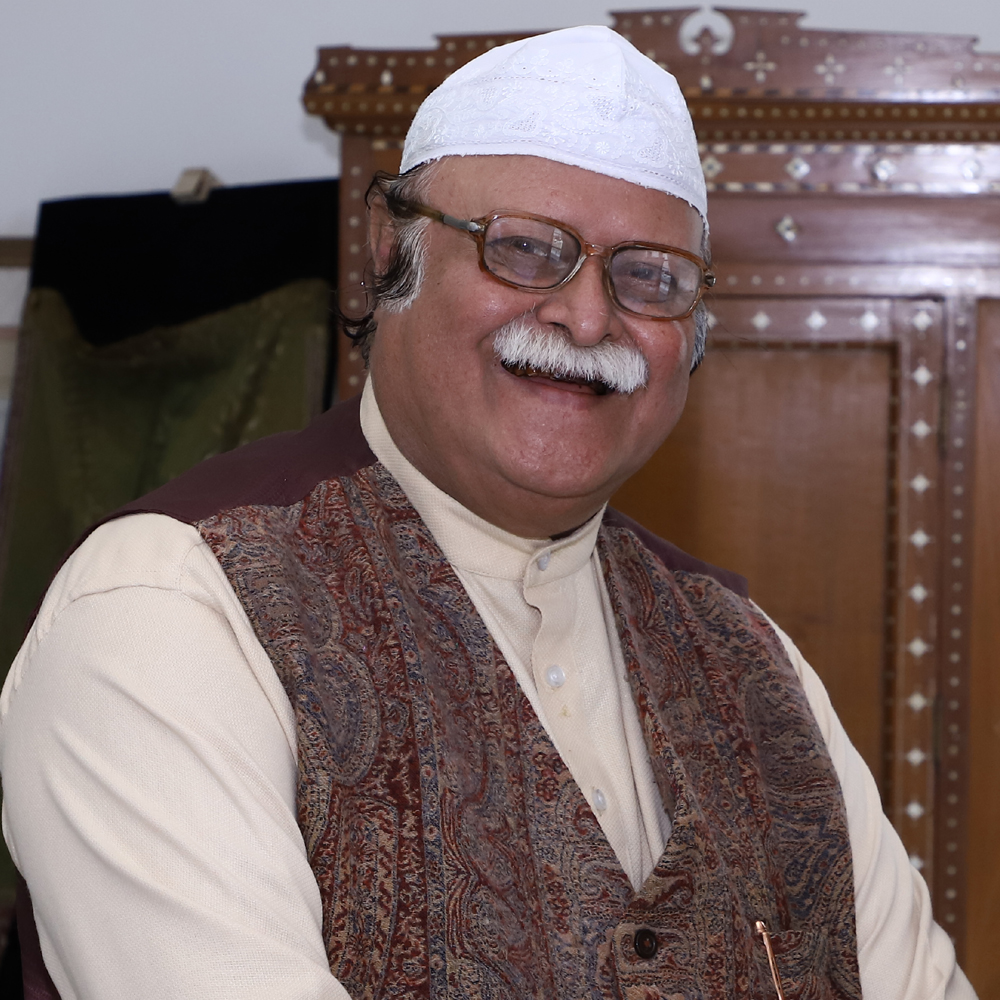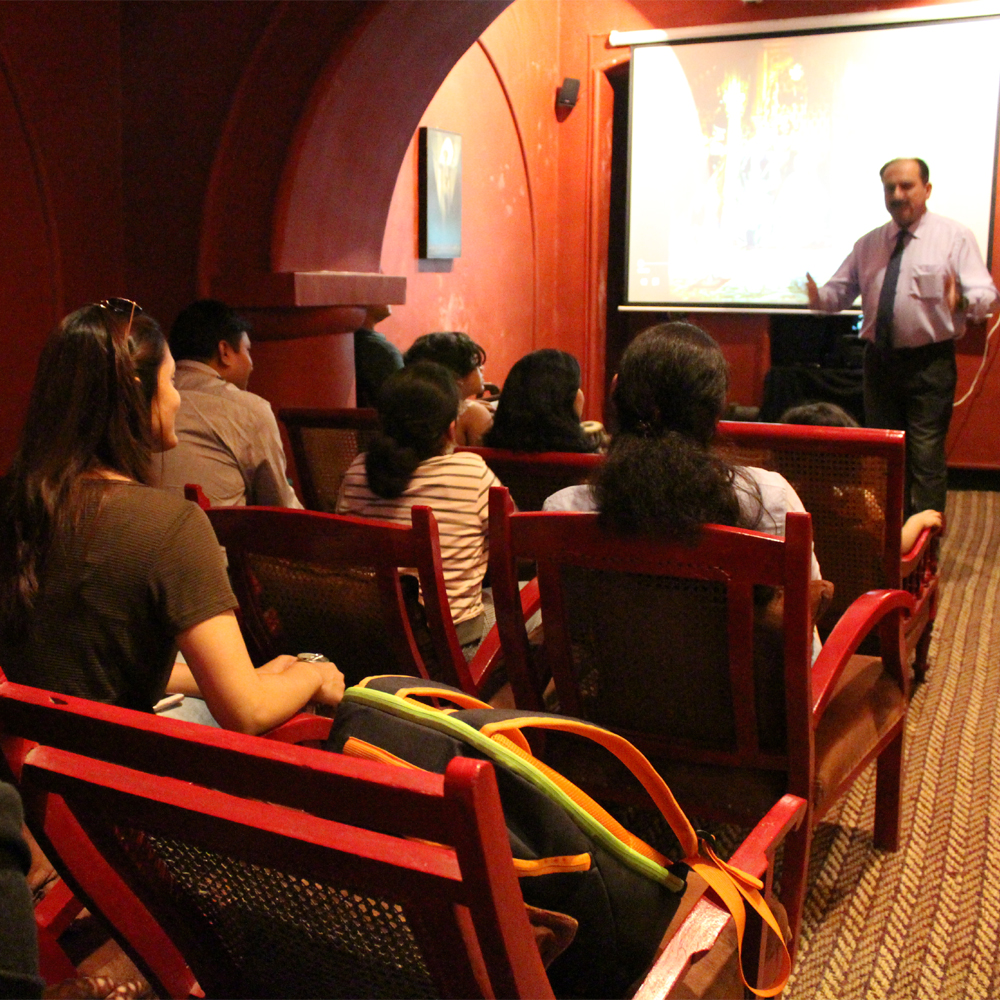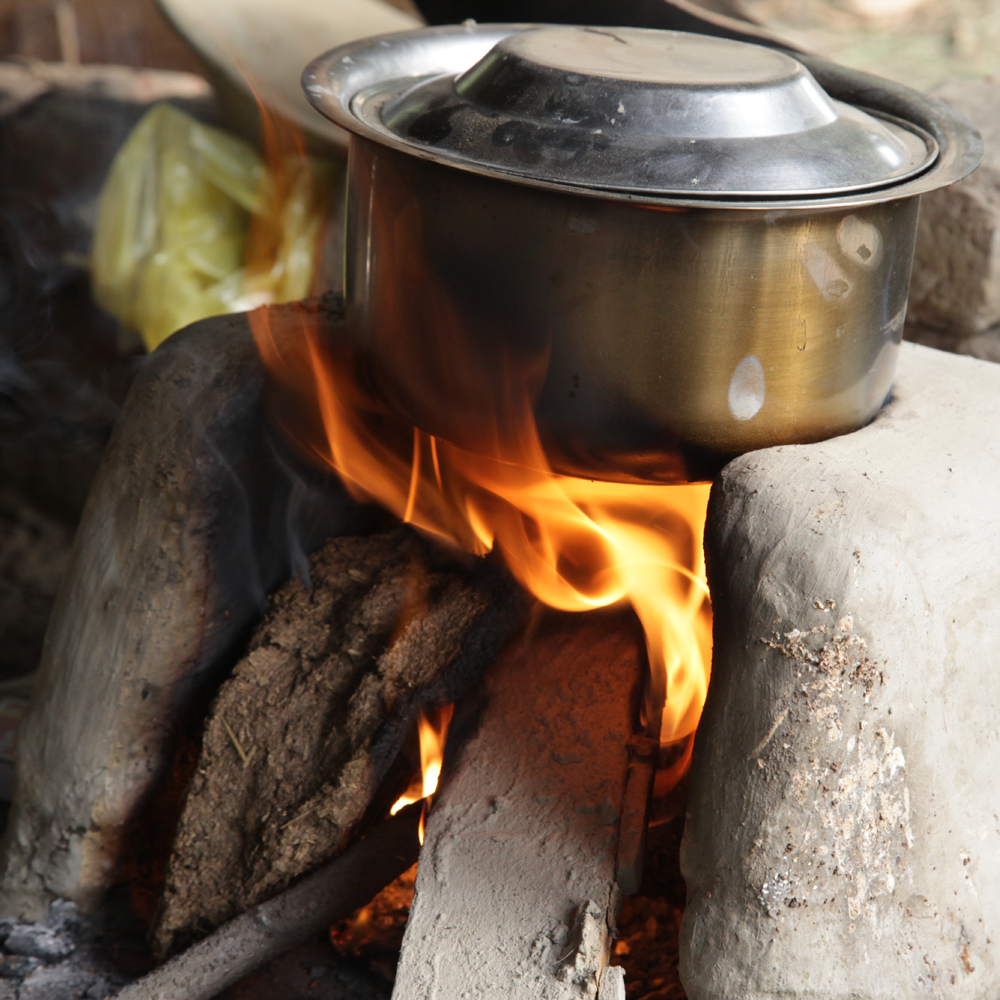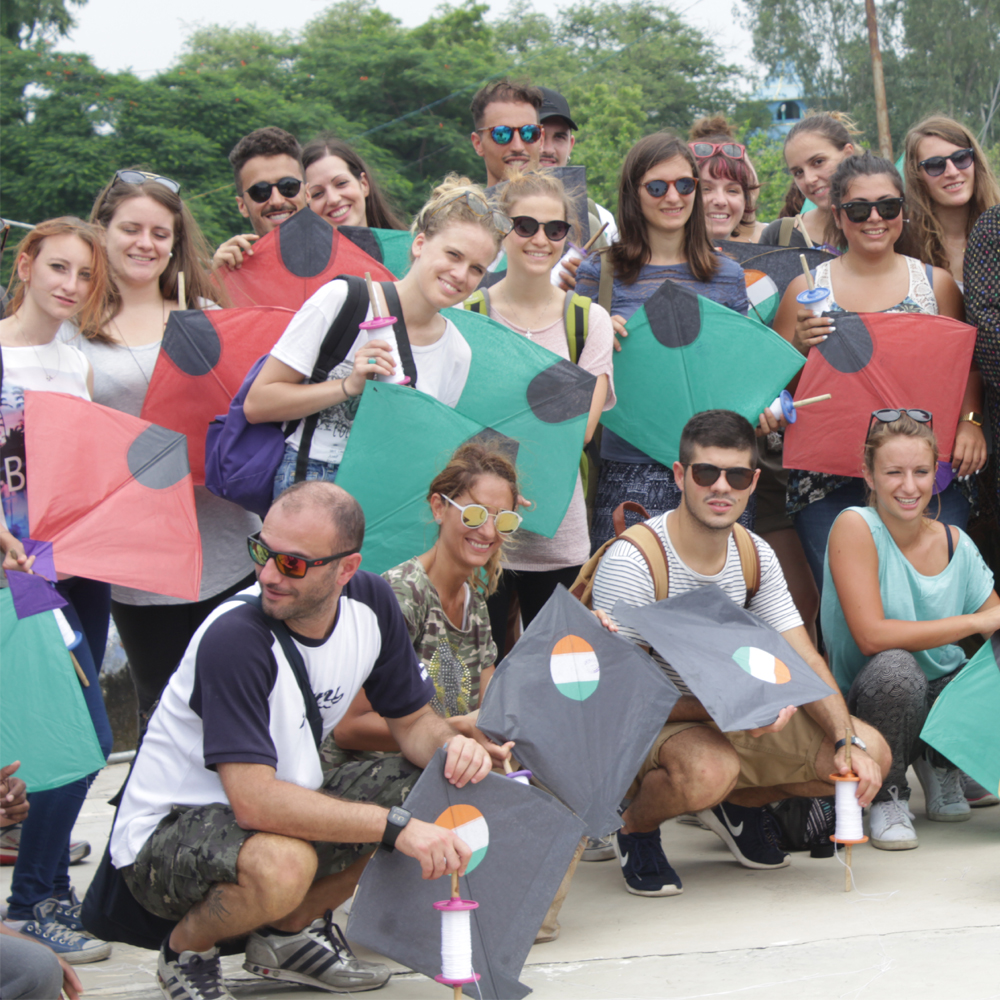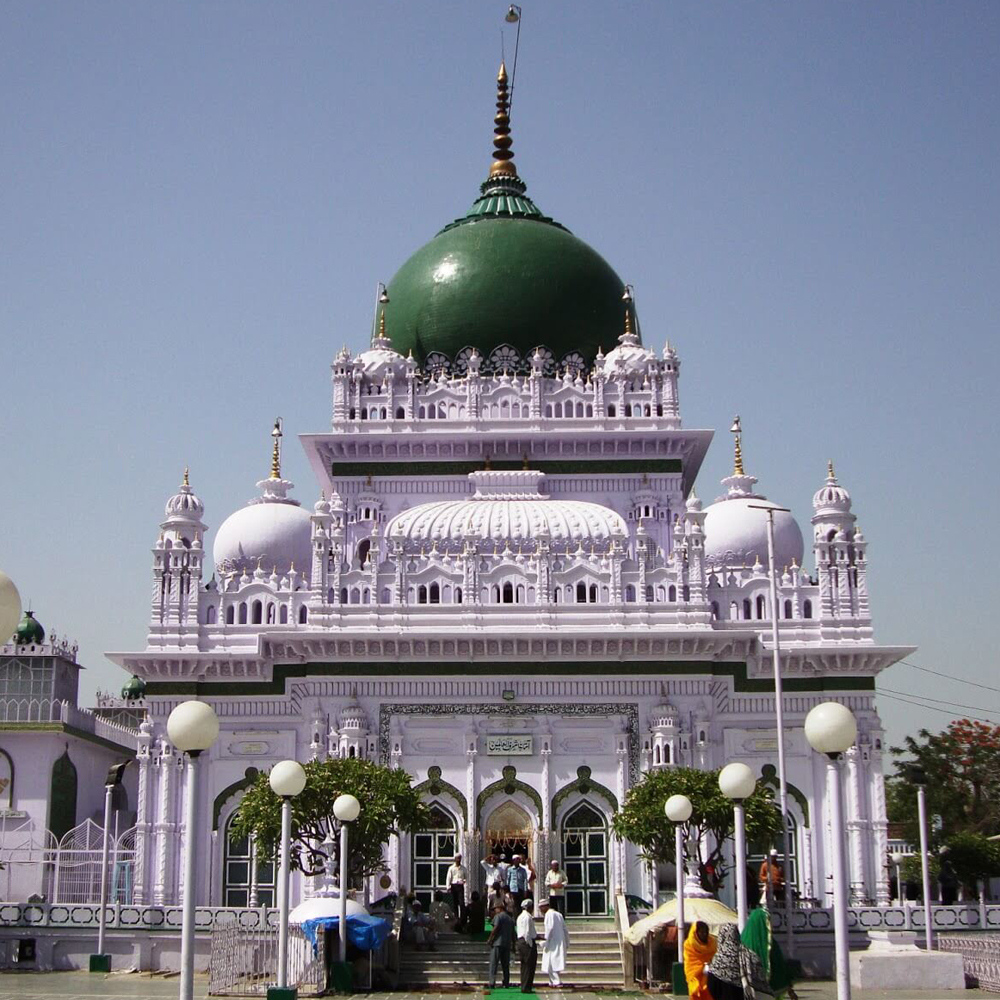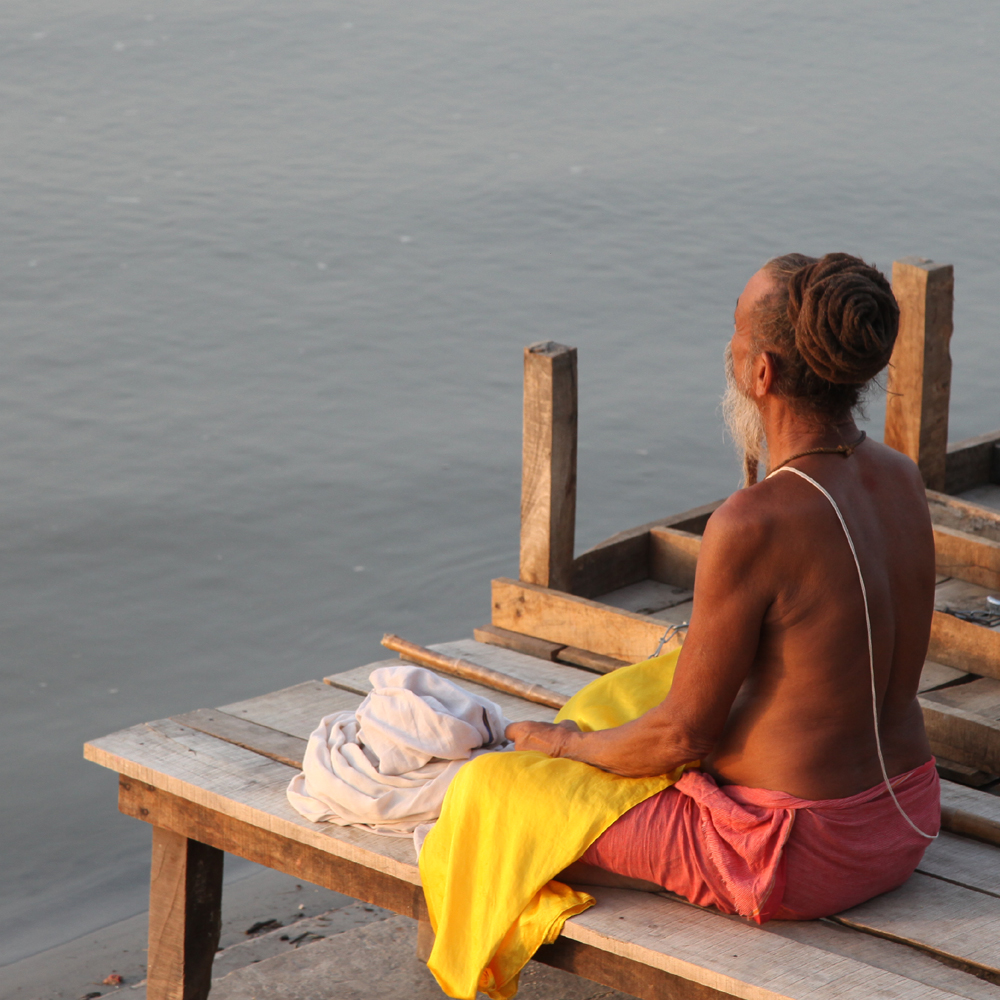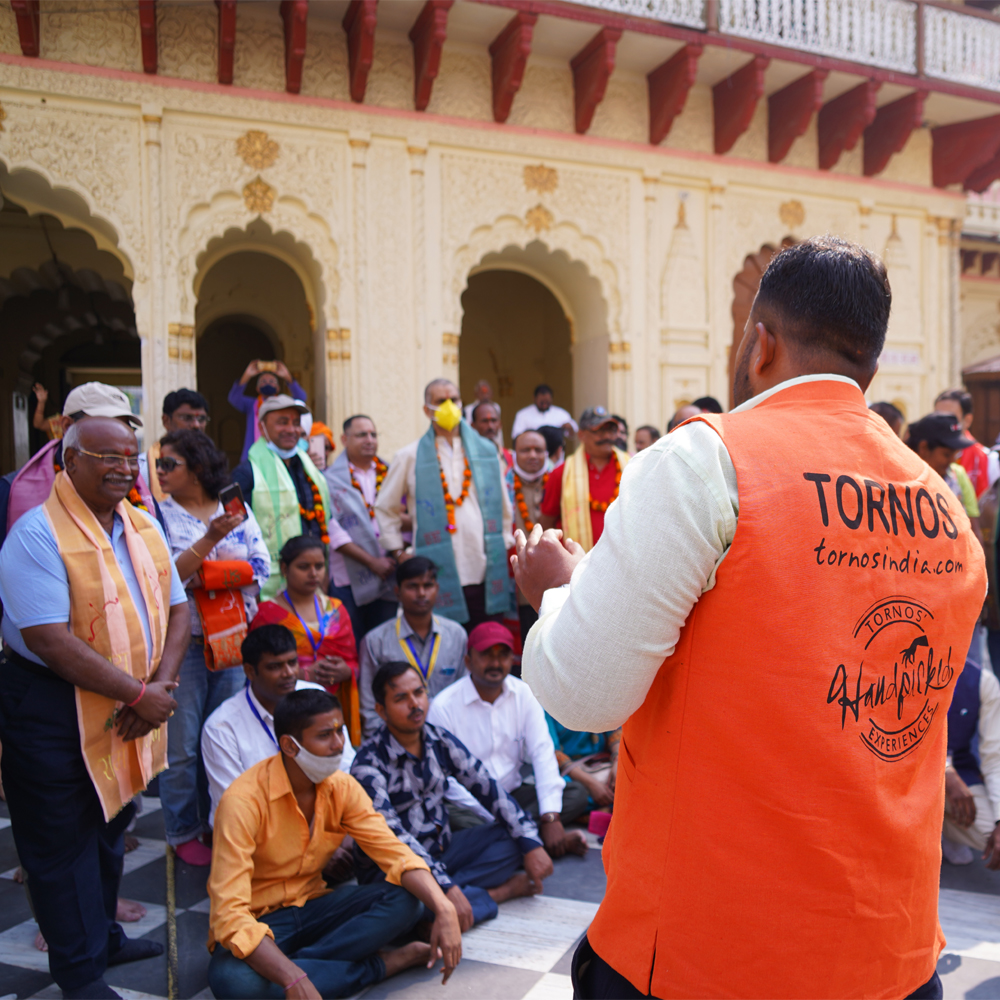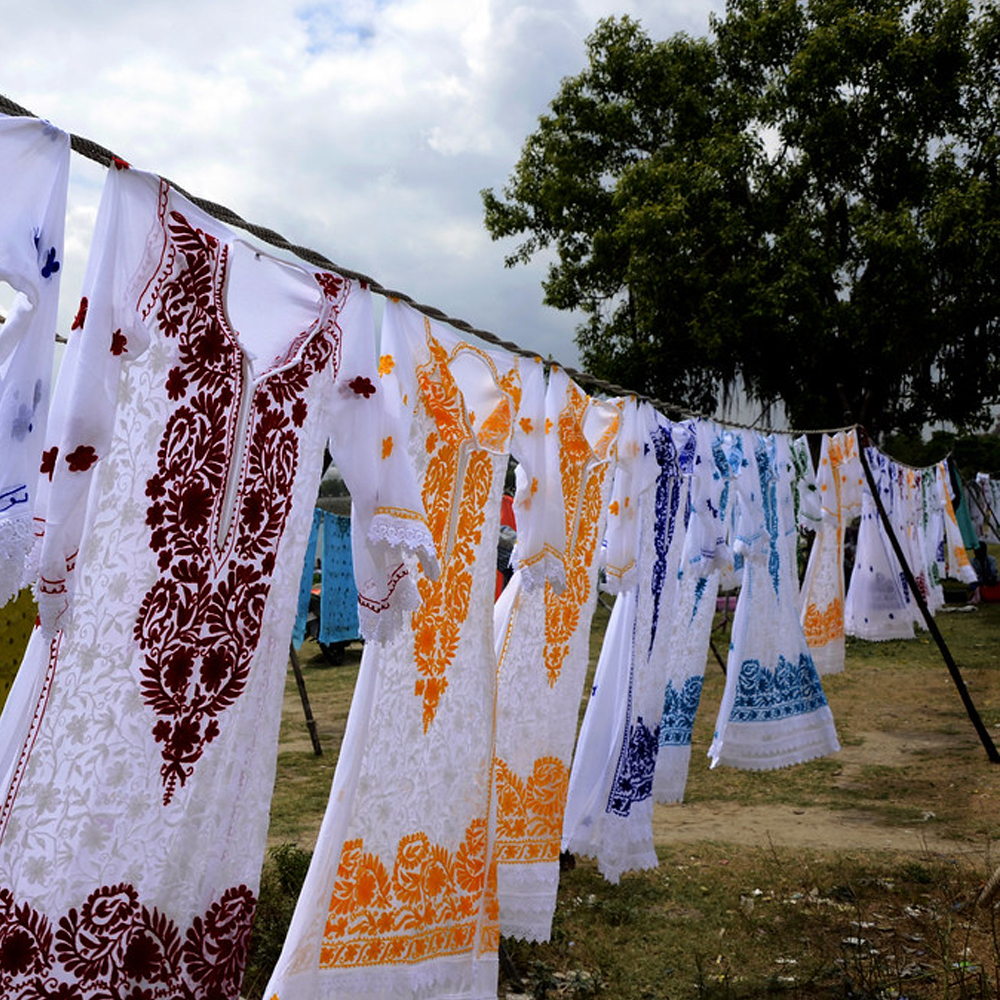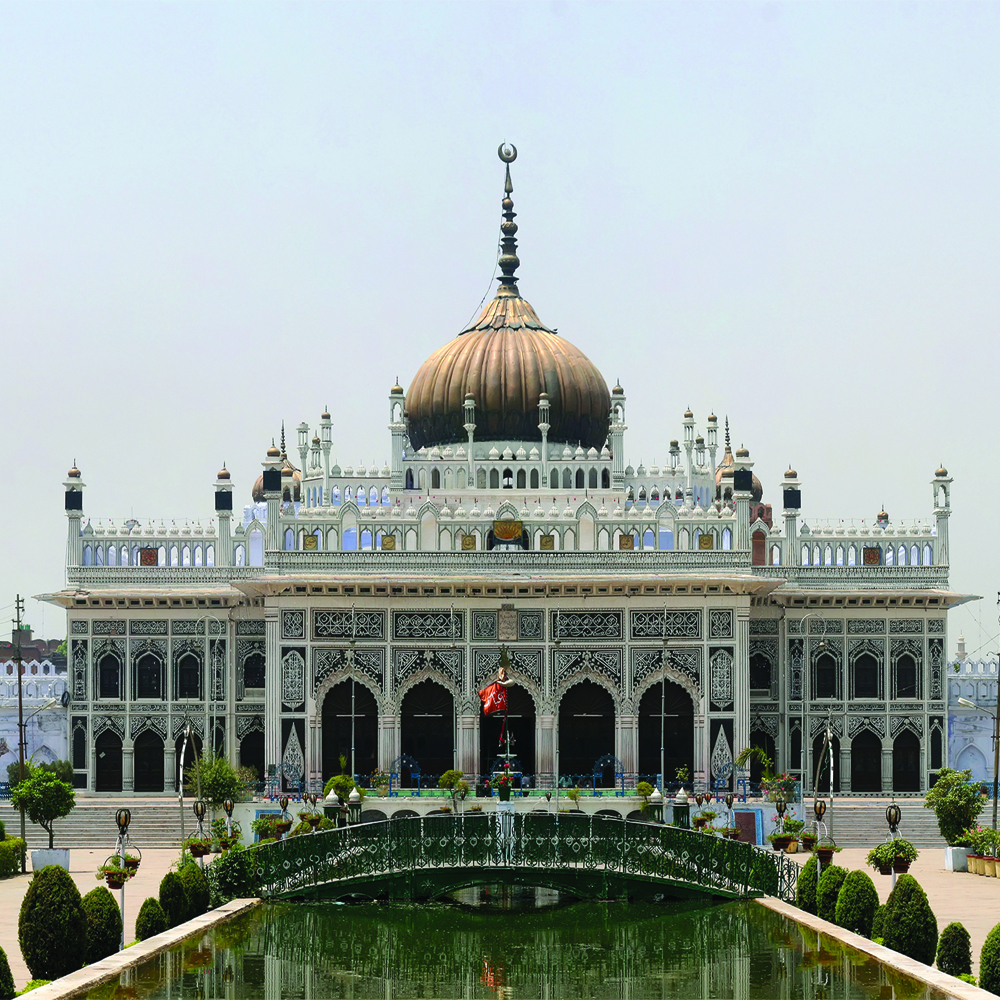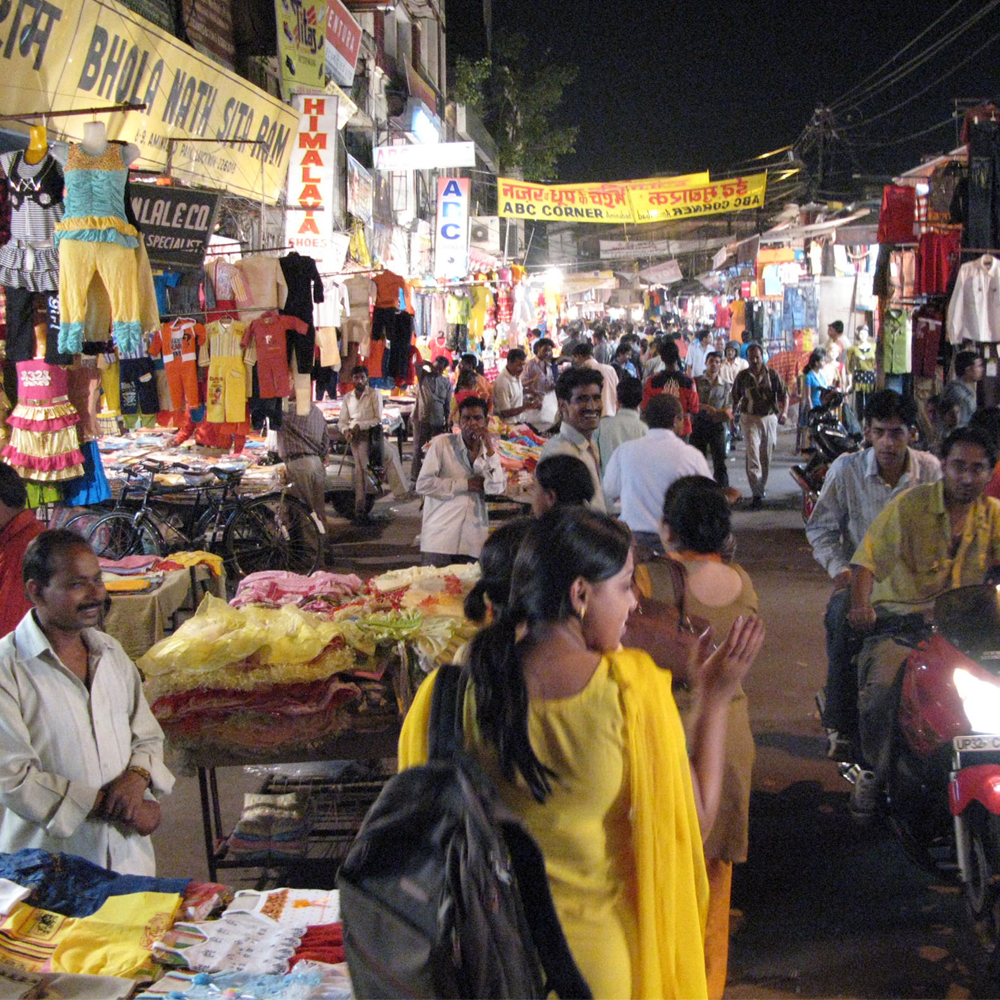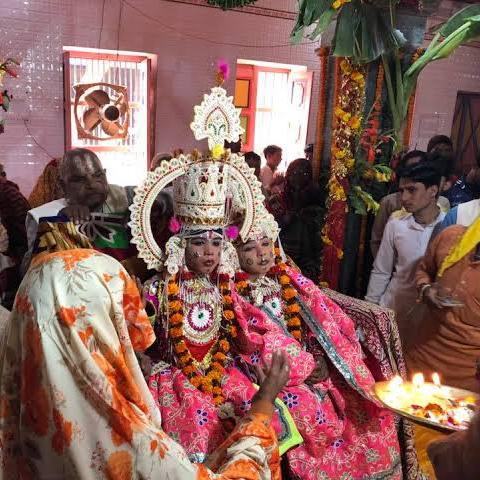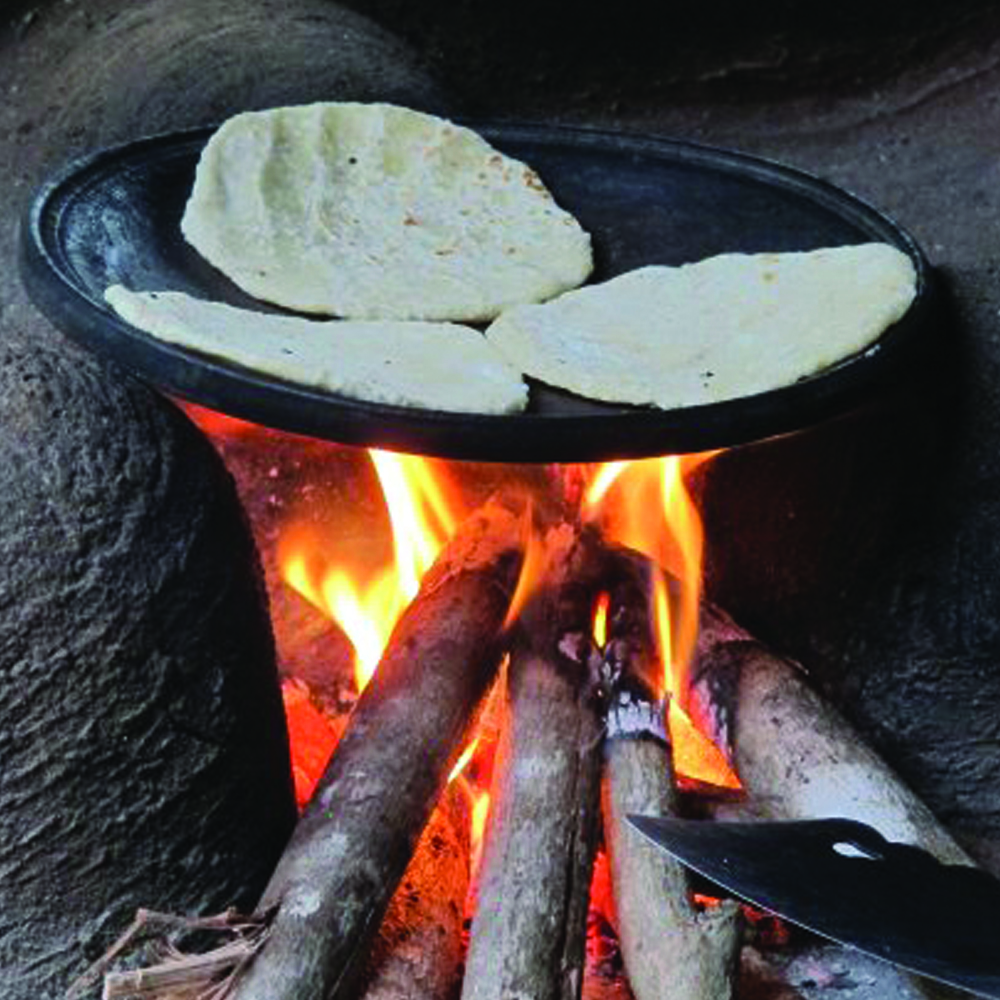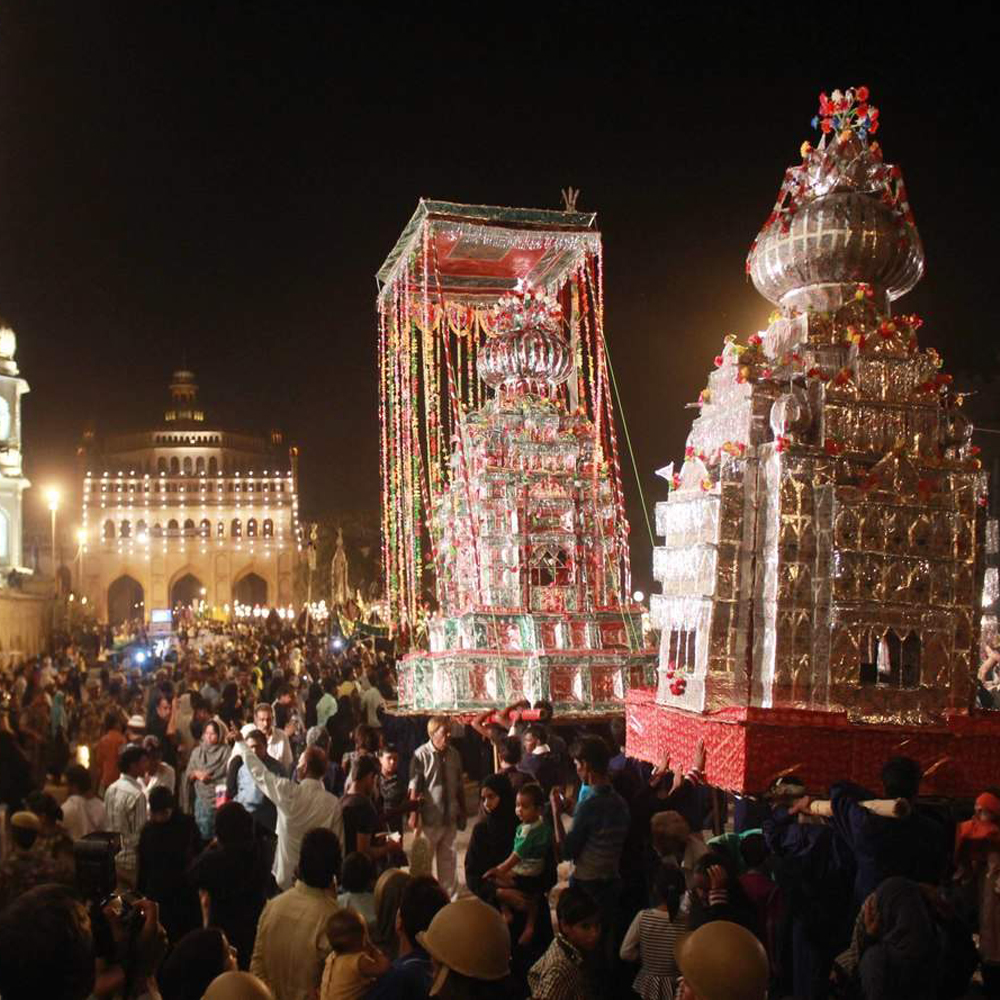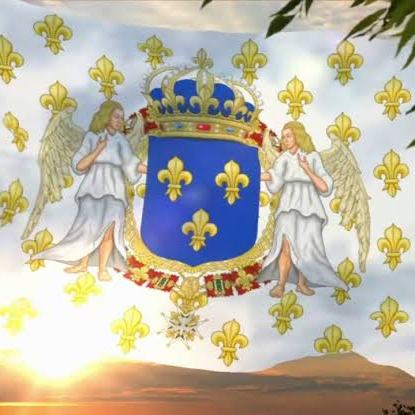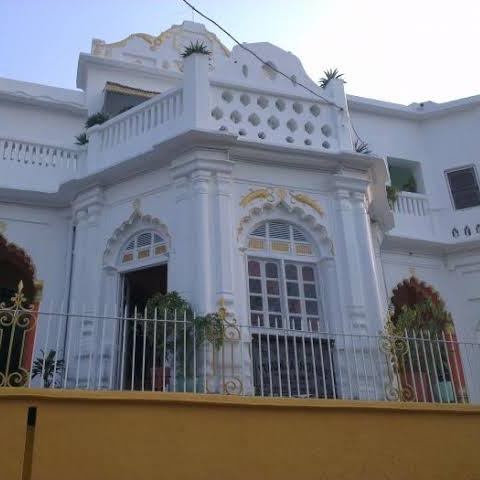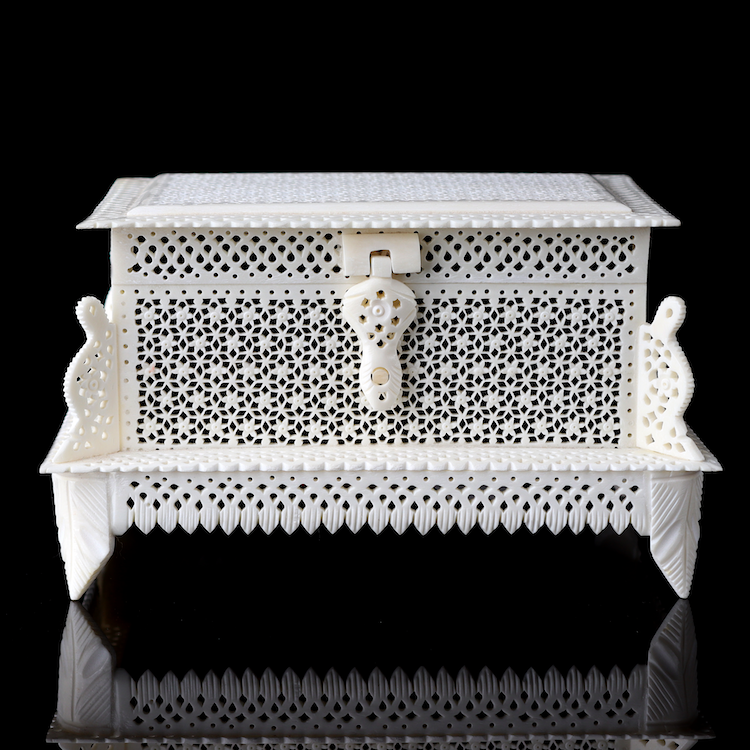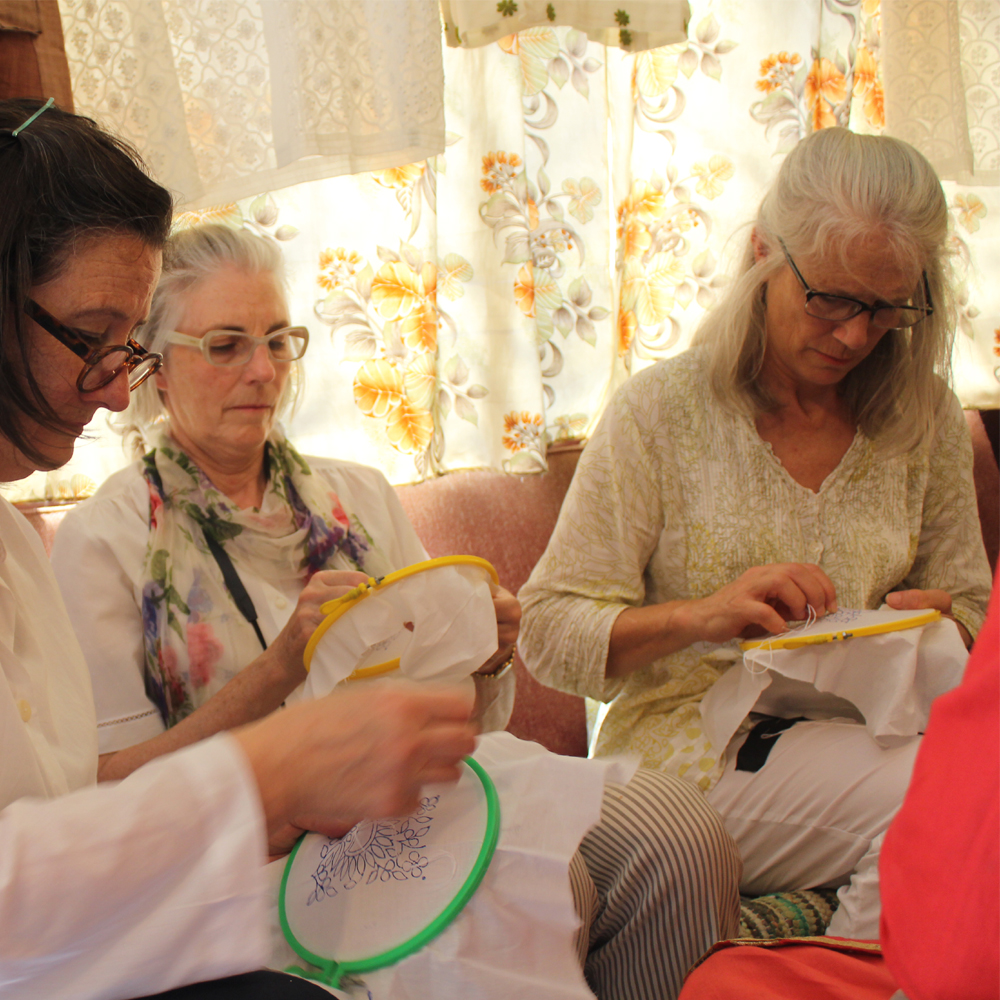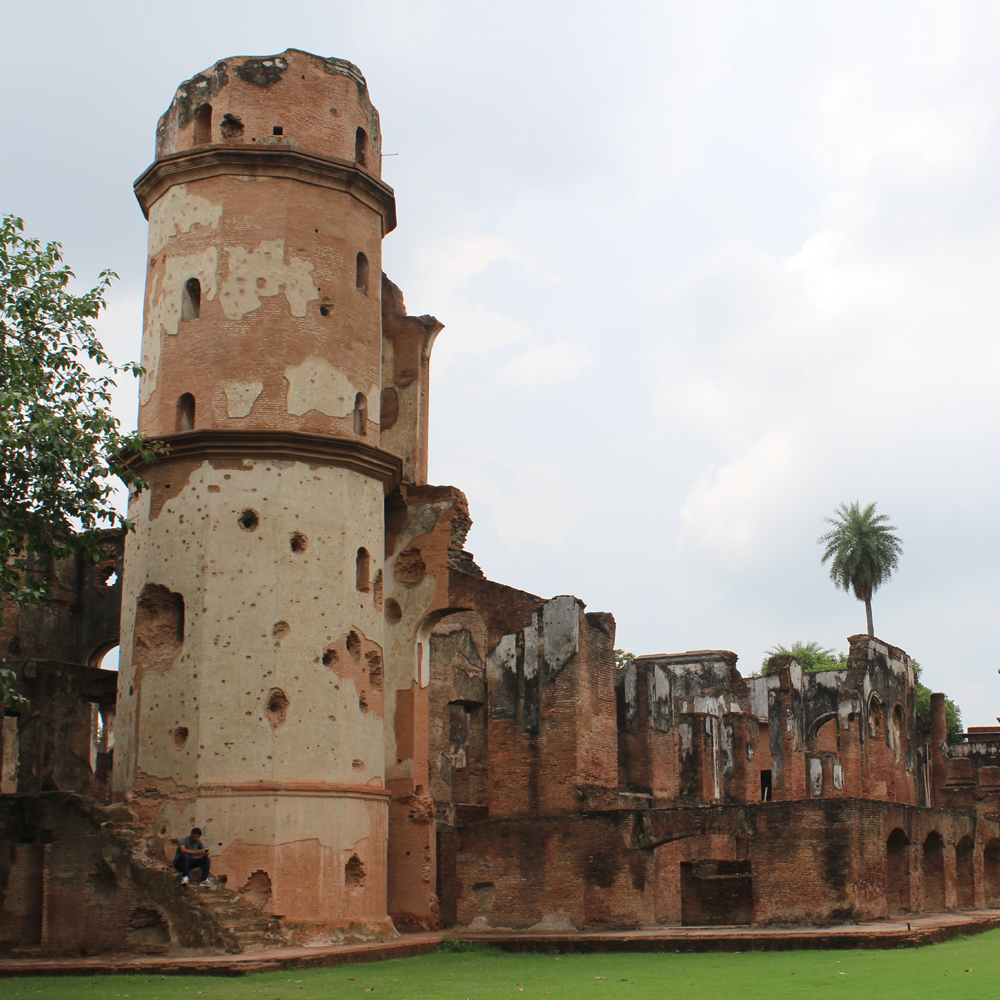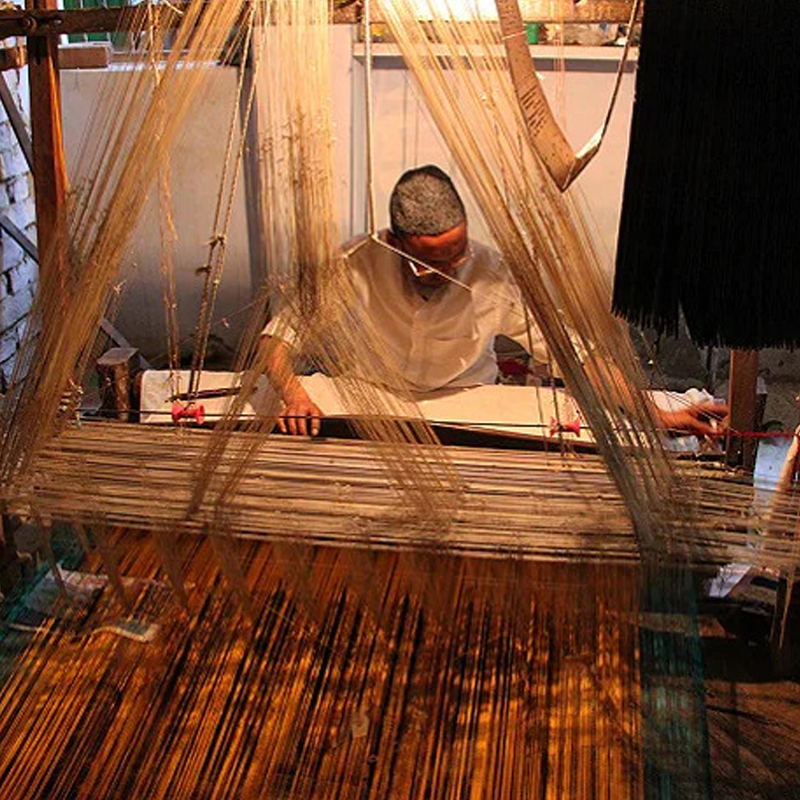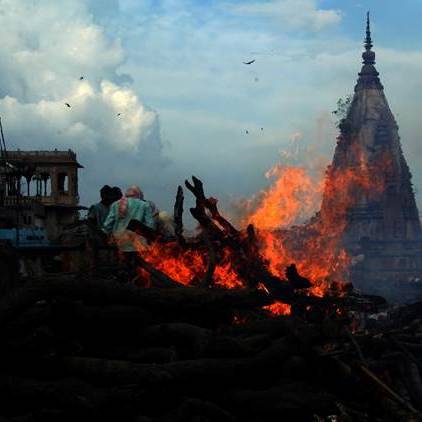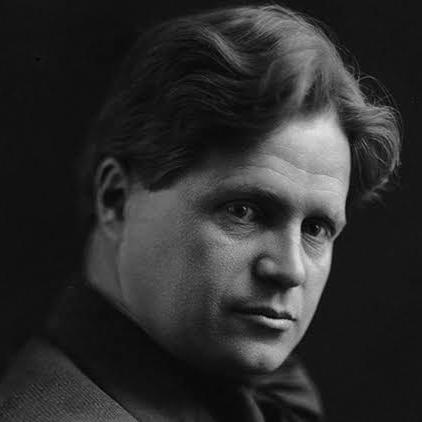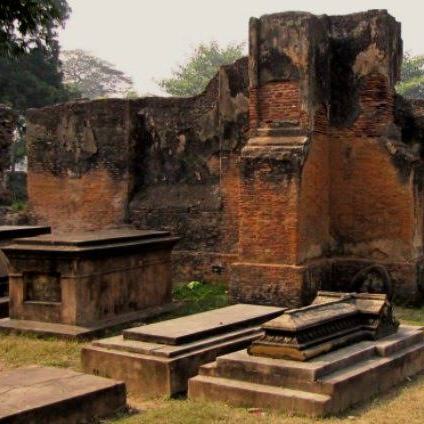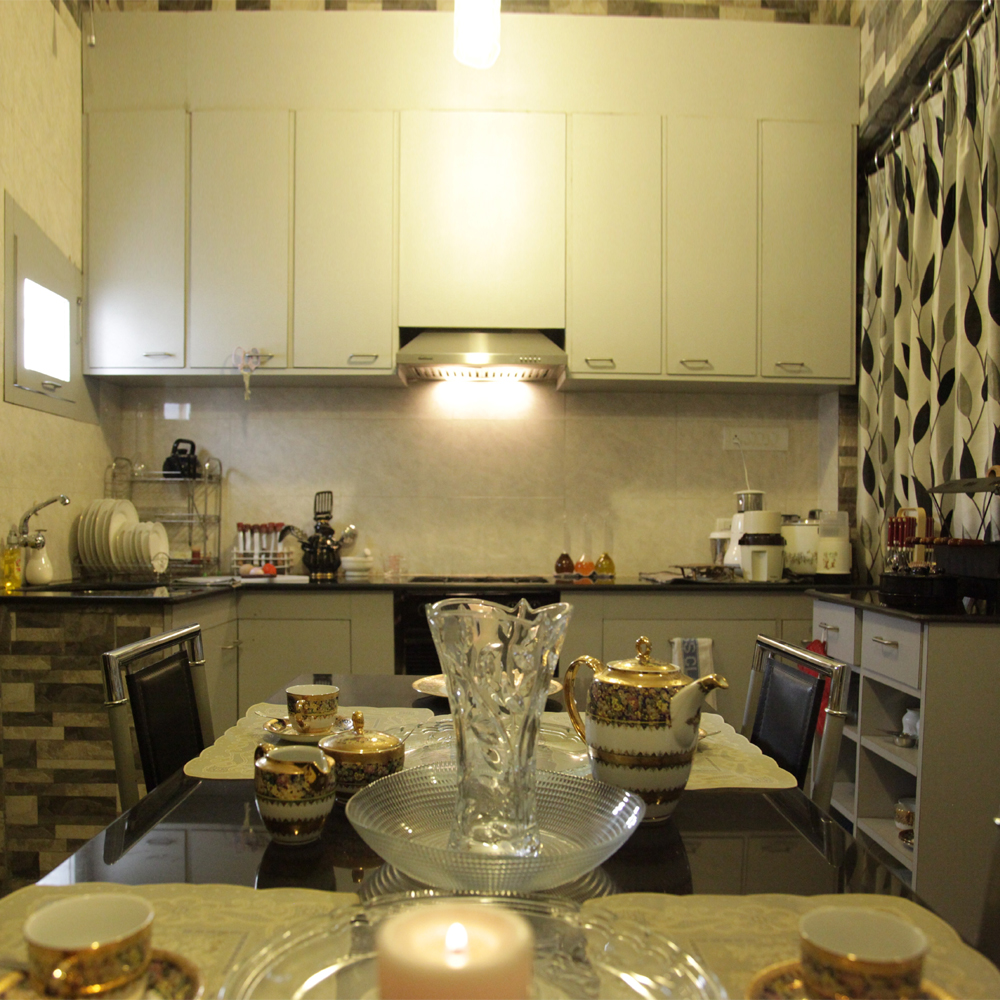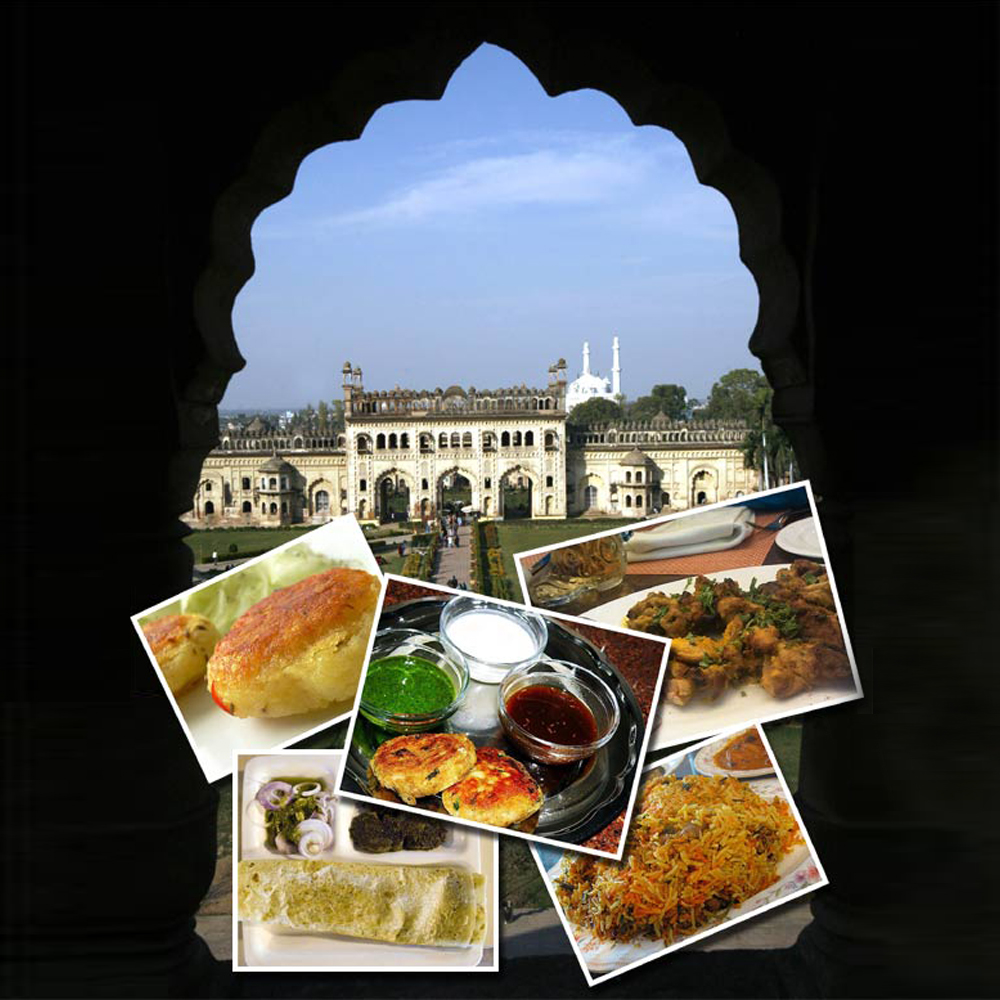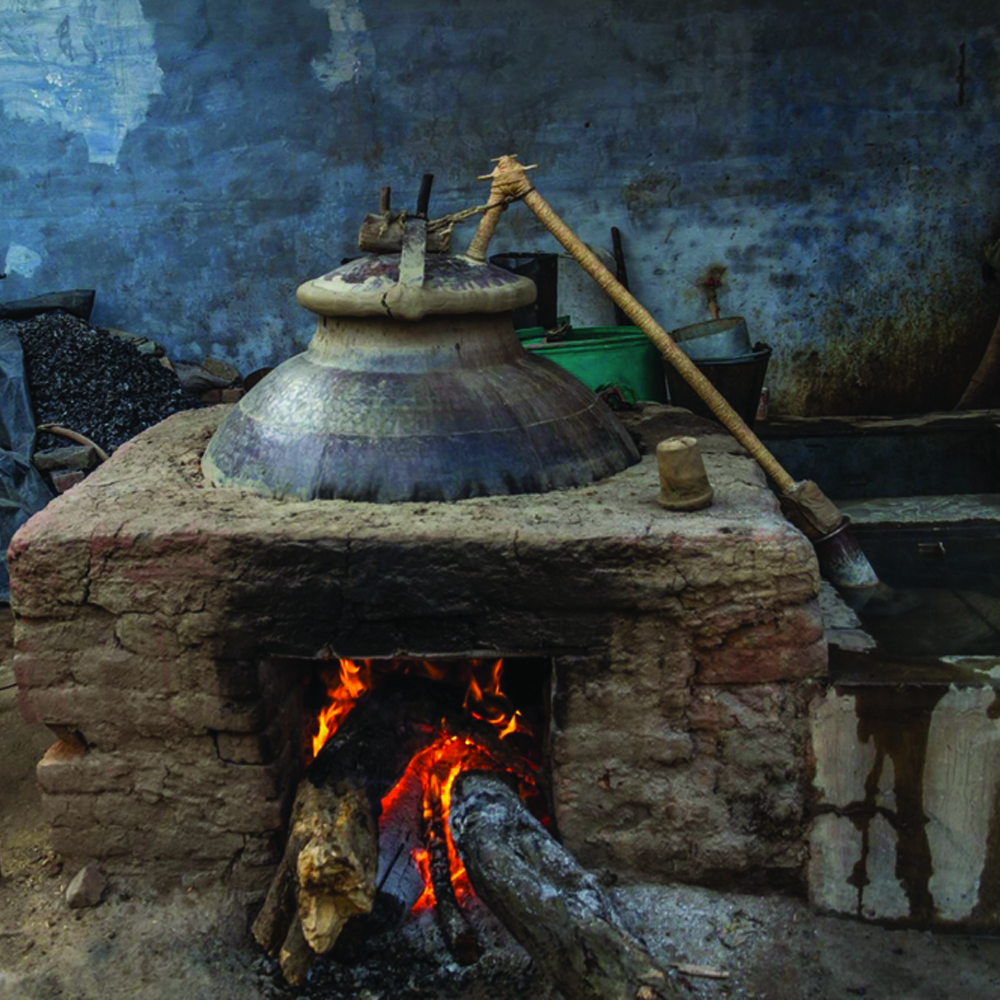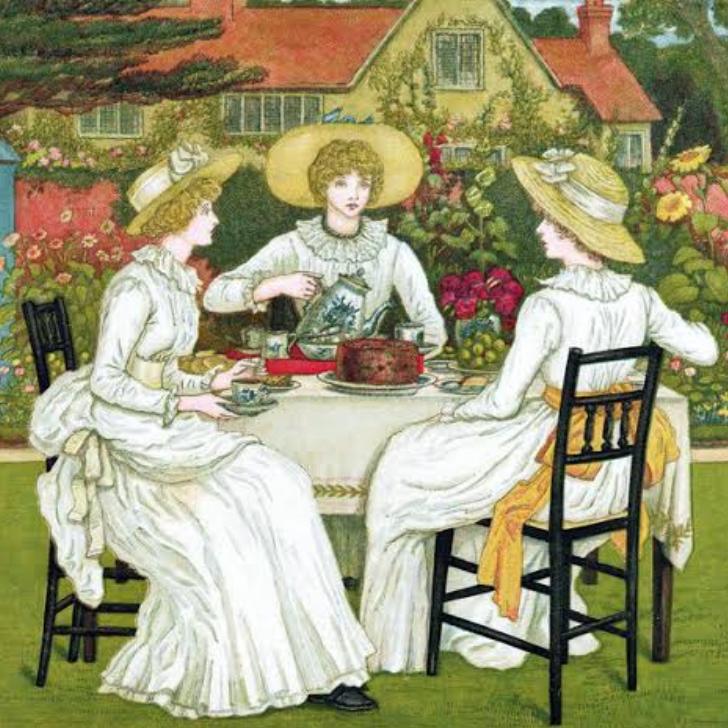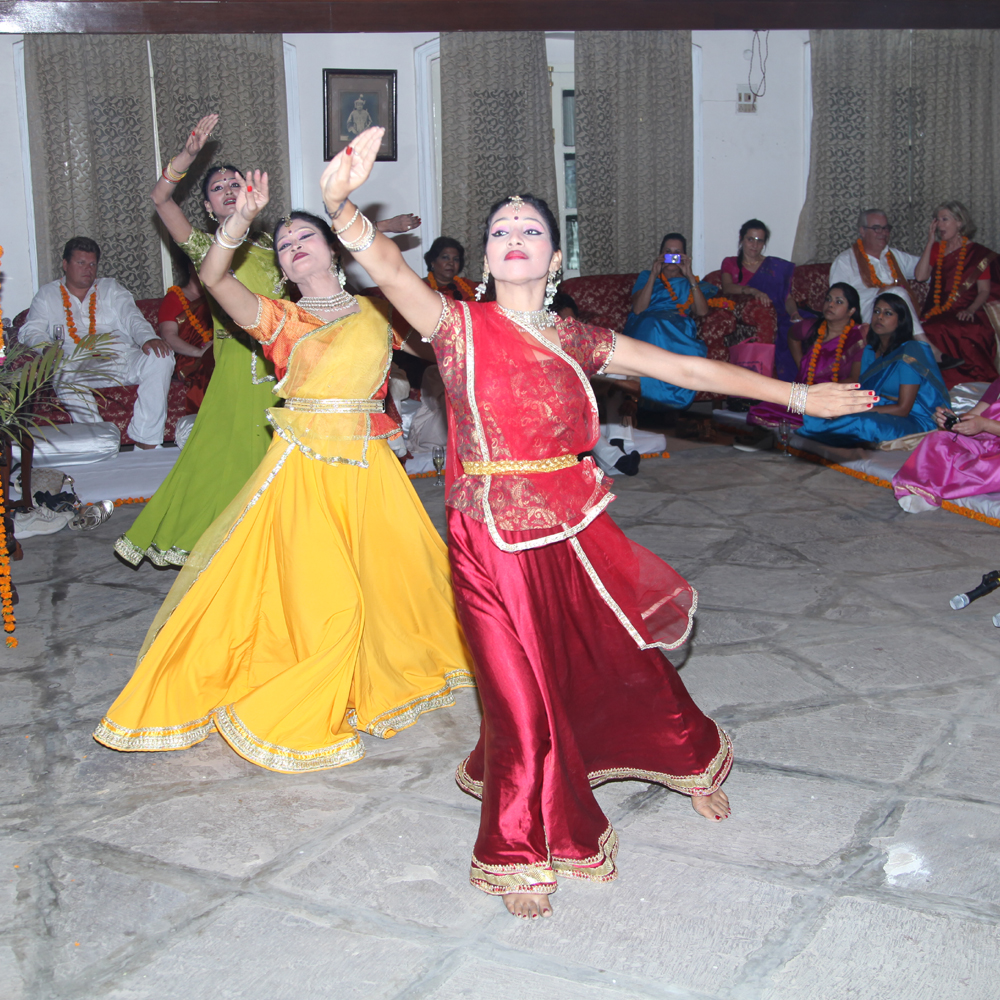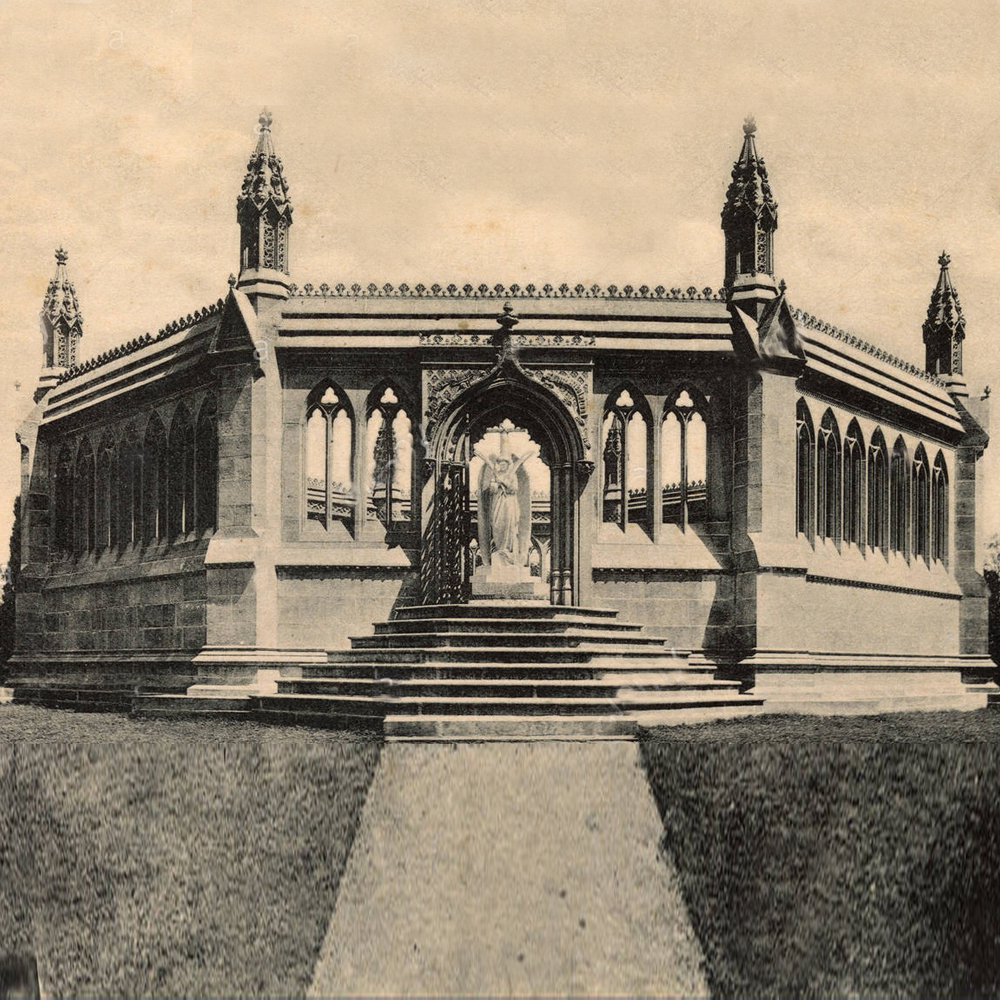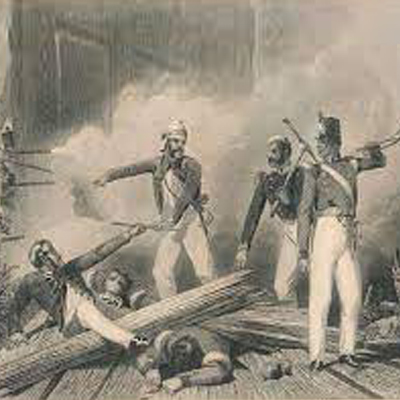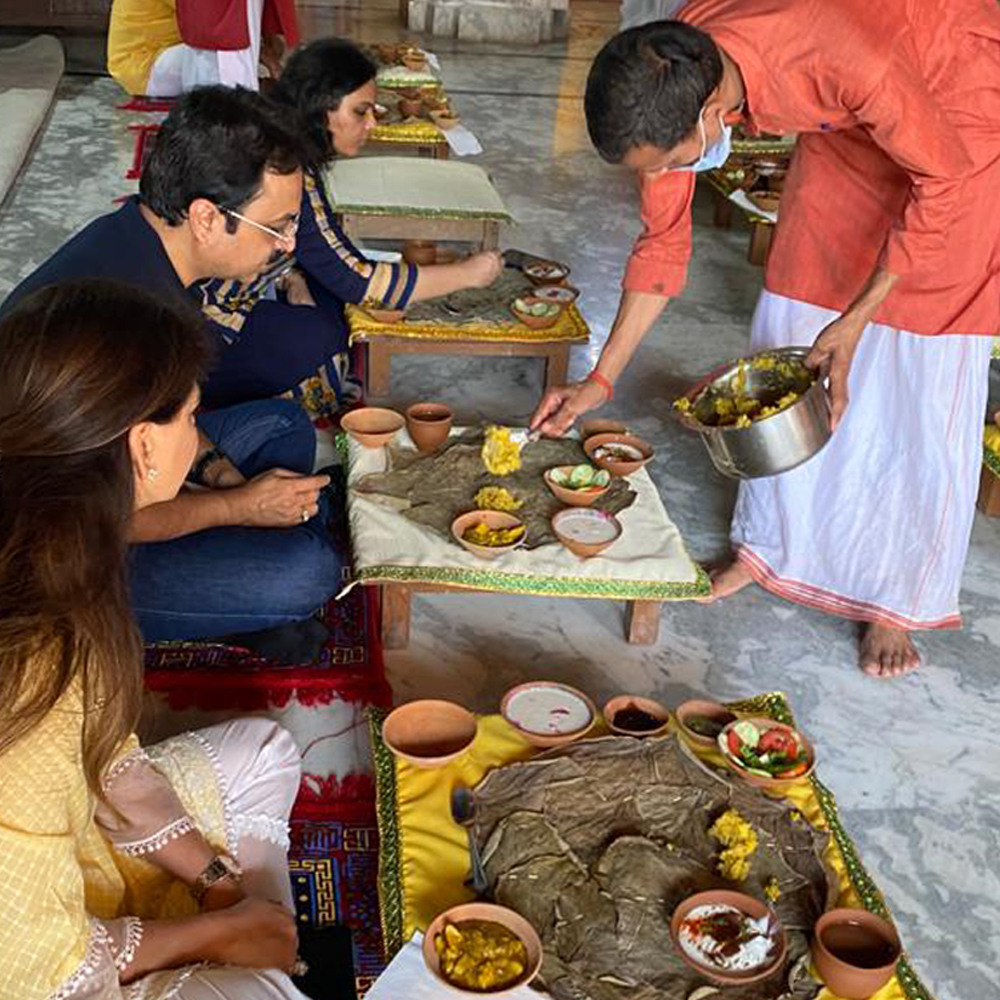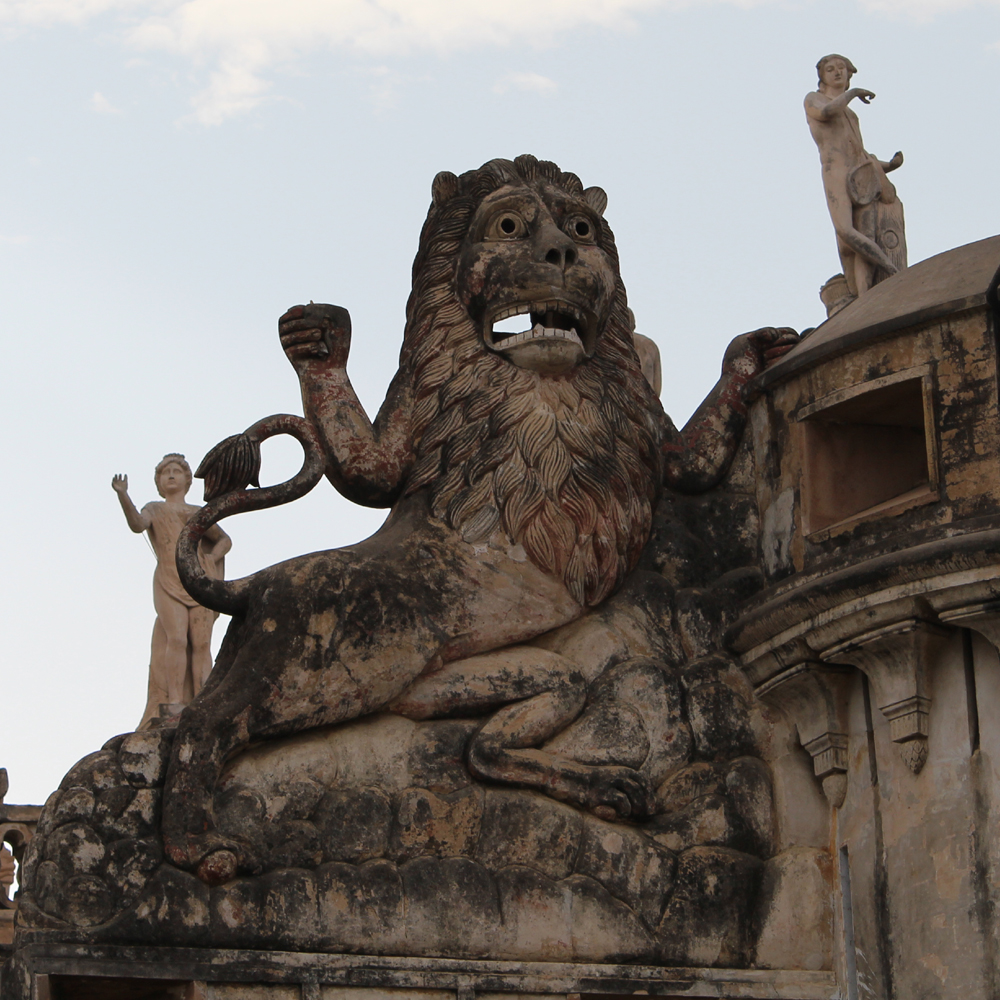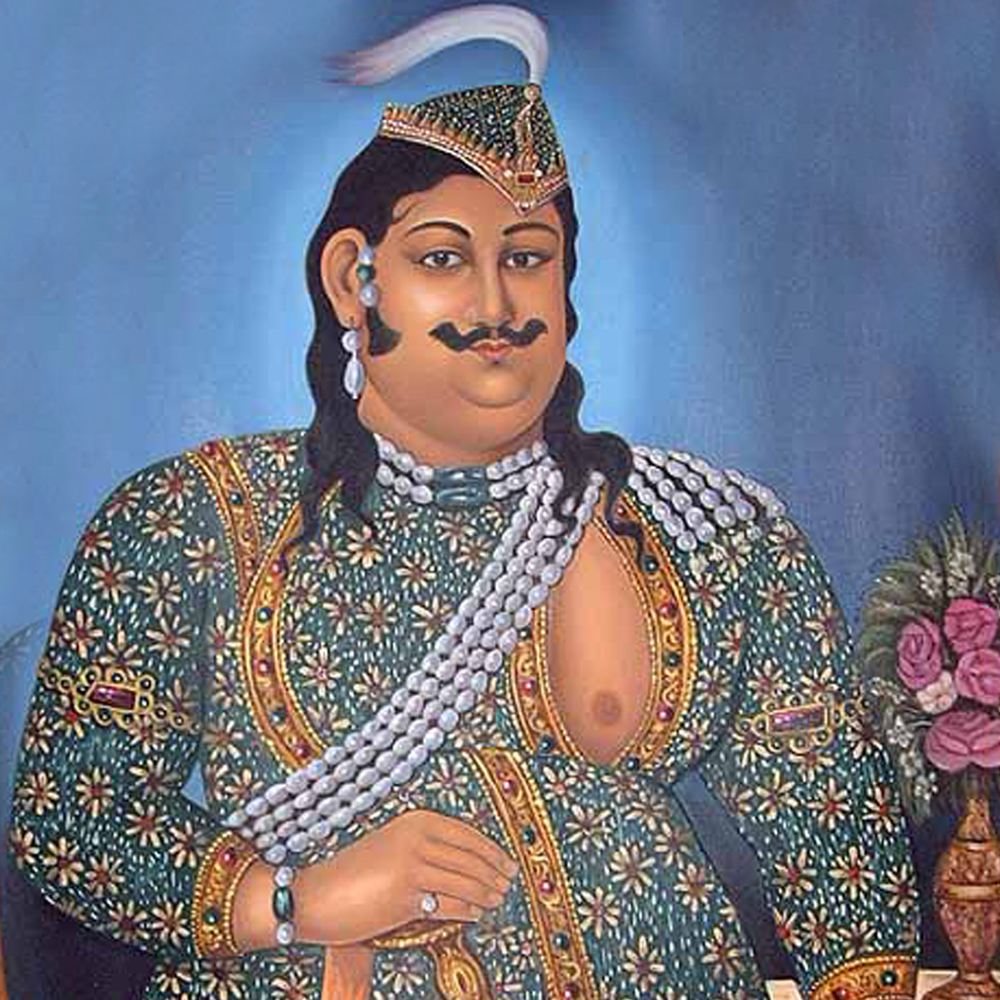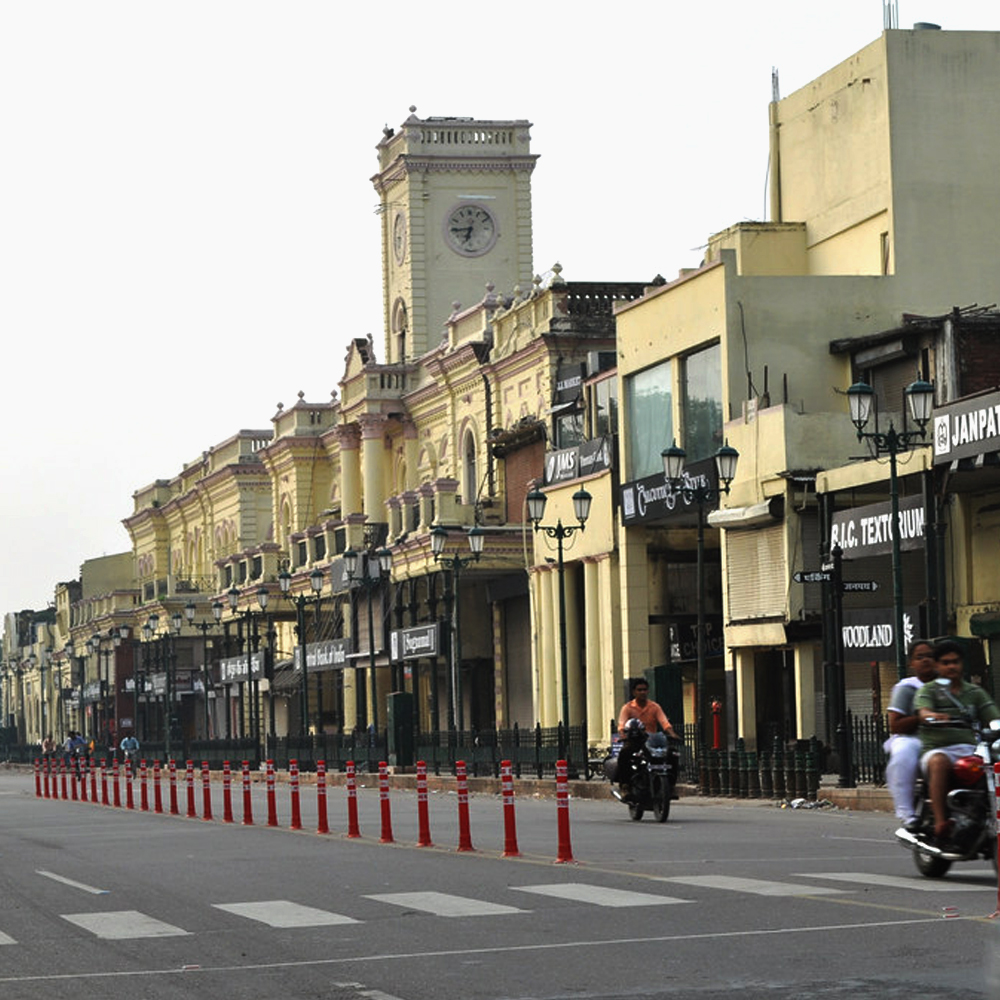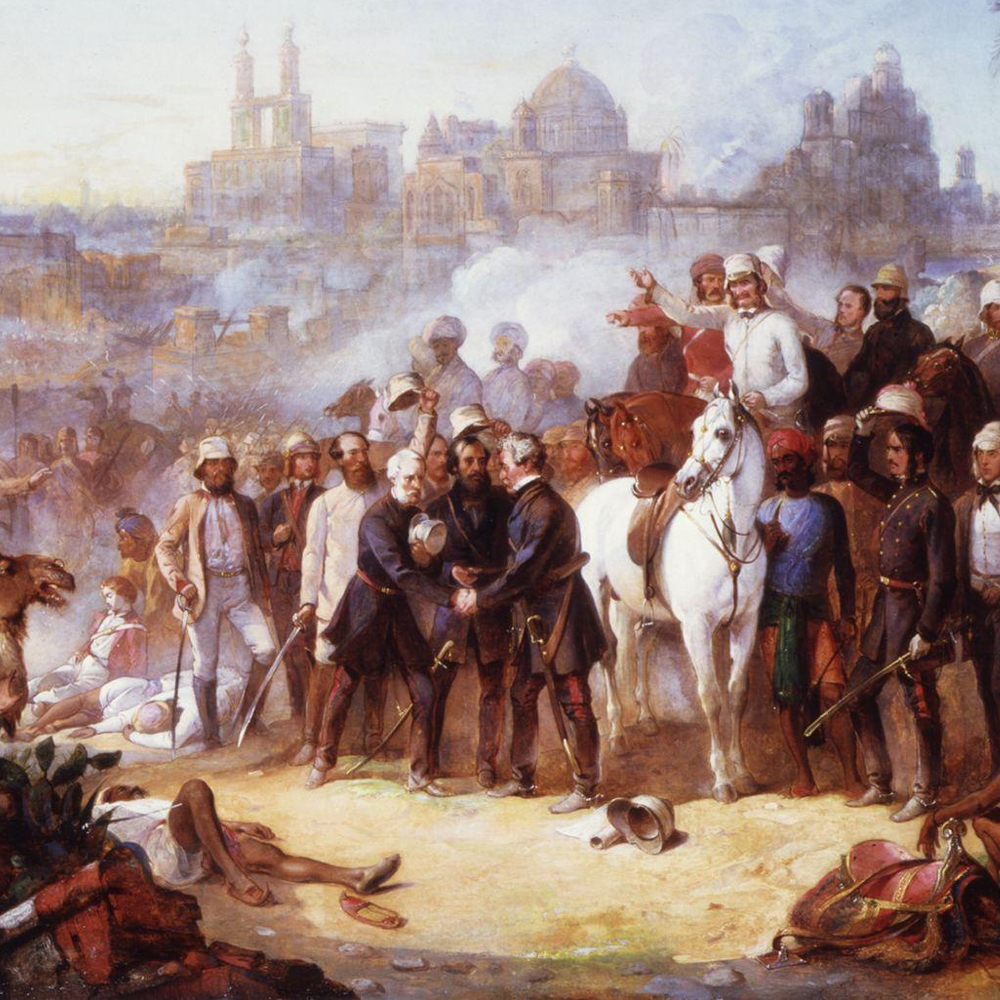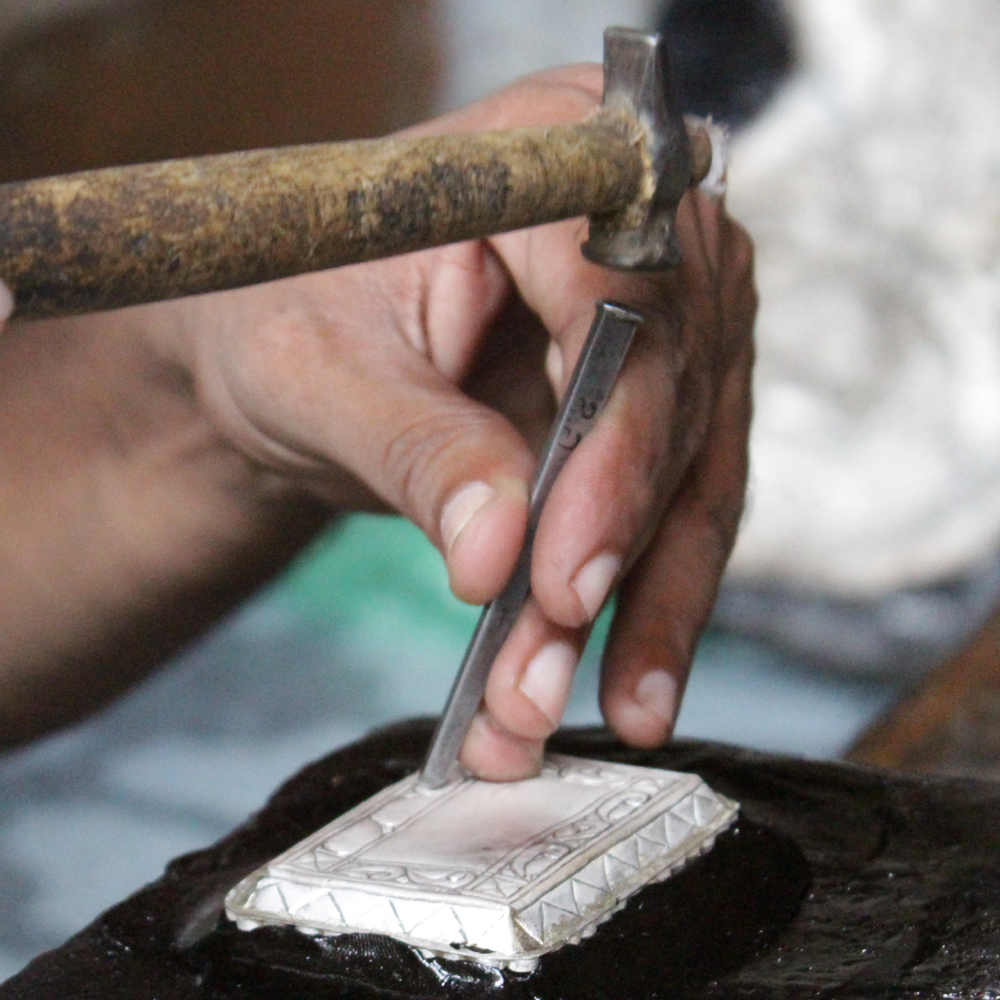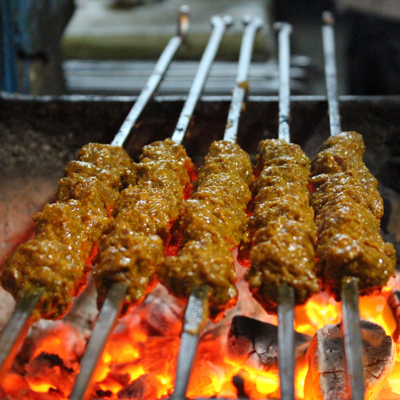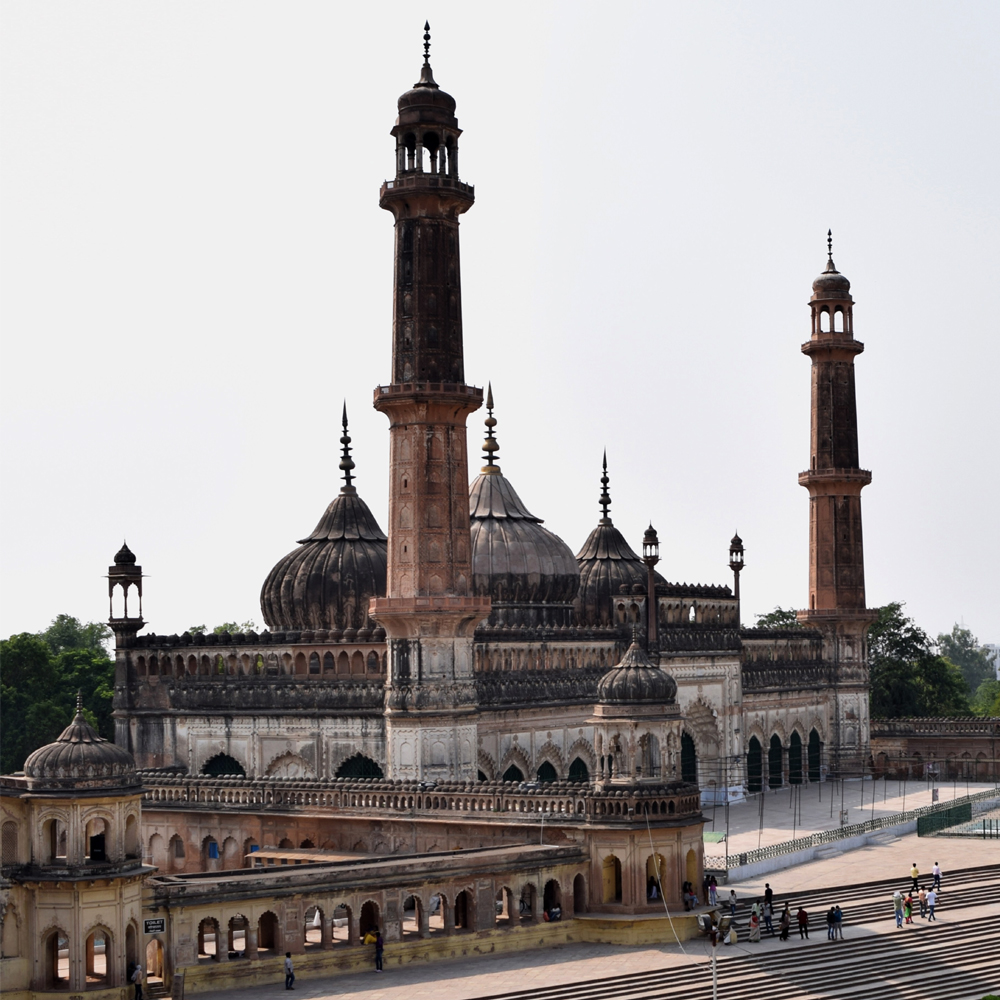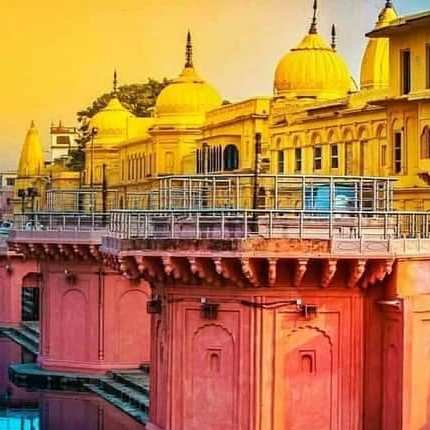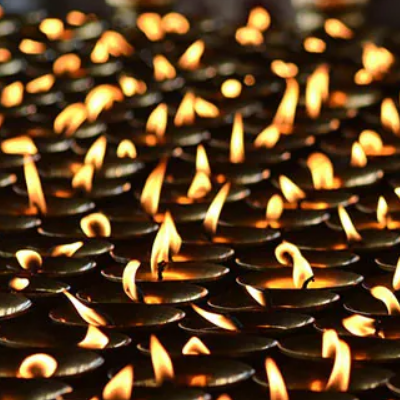Volume: 14, No: 07 ; July-2020

William Bankes in India (1857)
William George Hawtry Bankes (popularly knows as just William Bankes) was born on 11 September 1836, the fifth child of the Right Honourable George Bankes MP and Georgina Charlotte nee Nugent. The family lived at Kingston lacy and Corfe Castle, Dorset. Young Willy, as he was known in the family, was educated at Temple Grove before attending Westminster School.
He chose a military life rather than going on to university. The reason for this choice was more that his social circle and friends were military rather than any great desire to join the army. A commission was purchased in the cavalry, an expensive outlay, and William Bankes joined the 7th Hussars as a Cornet in the spring of 1857. (Cornet was the first rank of officer in a British cavalry troop; like a second lieutenant and this continued to be called so till 1871. This commissioned officer was the bearer of the regimental flag)
|
The voyage took 88 days before it reached Calcutta. There was a brief stay at Fort William before the regiments were transported by train to the rail terminal at Rannegai. William Bankes wrote home that the terrain reminded him of Studland Heath, near his home in Dorset.
There followed a 70 mile march to Allahabad (now Prayagraj). To put it more accurately, the NCOs and Other Ranks marched, while the officers travelled in palanquins Reaching Allahabad on 7th December, they found that the advanced party had procured mounts for the Regiment. William Bankes wrote that it took only two weeks to break in the horses, which was remarkable considering that these wild horses had never before been saddled. One can imagine that many were still hard to manage during the following march to Cawnpore.
William Bankes Valour in Lucknow Mutiny
Having finally relieved the defenders of the Residency at Lucknow in November 1857, Sir Colin Campbell was preparing a large force of 20,000, of which the 7th Hussars were a part, to march on the city and defeat the rebels, whose strength was estimated to be around 10,000. By early March, Campbell had reached Lucknow and began to launch attacks from several directions. By 14th March, after heavy fighting, Lucknow was back in British hands. It was not, however, a comprehensive victory, for most of the rebels had escaped due to inept handling of the intended encirclement of the city. In fact Lord Roberts later wrote; “the campaign which should have then come to an end, was protracted for nearly a year…”
On the 18th of March, it was learned that a strong force of rebels were in the Musabagh, a large palace and grounds about 4 miles north-west of Lucknow. On 19th, a force of cavalry and Horse Artillery, including 7th Hussars, which also including William Bankes, was sent to prevent these rebels escaping while the main force attacked the palace.
Cornet Bankes was attached to ‘H’ Troop, which was escorting the artillery. When they halted for some refreshment and a bit of rest, a small mud fort in at a distance was approached by a mounted sentry. It appeared to be deserted until its occupants opened fire. The Royal Horse Artillery, along with its cavalry escort was immediately sent forward to return fire. The effect was to plunge a stick into a hornet’s nest.
To the astonishment of the soldiers, about 50 sword brandishing villagers rushed out and charged the guns. Some reports say that the villager’s ferocious behavior was fuelled by drugs or they may have been fanatical ghazis. The 7th Hussars was ordered to charge this mob and were quickly involved in a vicious melee. Captain Slade and Lieutenant Wilkin were both severely wounded, leaving young William Bankes as the only officer in charge now. He charged bravely without any second thought head-on into the crowd, shooting three rebels straightaway. In the swirl of fighting, a rebel slashed and hamstrung Bankes’ horse unseating William Bankes. With his empty revolver, Bankes was now powerless to defend himself and just then he was set upon by the sword-wielding enemy, who hacked him to pieces. Though the head-on charge, and the killing of the rebels was enough to shock the rebels prompting the surviving to disperse.
William Bankes was later found barely alive by his men. He had been hacked so badly that he was not expected to live. He was taken to the hospital, where his right arm and leg had to be amputated and the other wounds treated. He received the best available treatment from the Surgeon General appointed by Sir Colin Campbell. The latter, impressed by the young cornet’s bravery, recommended him for the Victoria Cross. Despite the terrible wounds he had received, Bankes appeared to be making a good recovery.
To one Dr Russell, who met Bankes, the brave young seemed very cheerful and had said to him, “if I get over this, I can go yachting…”. He enthusiastically even spoke of going sailing again upon his return to England. In fact this seemed that Bankes was confident of his recovery and was hoping to return to England too.
Despite all the best efforts to save him, young William Bankes died of blood infection due to his wounds on 6th April 1858. At the time of death William was only 21 years of age and not married. William Bankes was buried in Lucknow.

This photo is from Ron Sheeley’s collection and is said to be taken during those 18 days when Bankes was recovering. However, another possibility is that it was taken after his death. The Victorian approach to death was somewhat morbid and photographs of deceased loved ones were often taken after death.
Bravery a young soldier that touched HM Queen Victoria’s heart
When the news of valour and the condition of William Bankes reached England, Her Majesty Queen Victoria was so moved that in a letter she wrote: “There is a poor young man, of the name Bankes, who has been cut almost to pieces, he fell and was surrounded by a set of fanatics who cut at him, his thigh was nearly severed from his body and so was his arm!” she continued to mention in detail further, “Besides six other desperate wounds! He has had his right leg and his right arm amputated and yet they hope he will live. This is, they say, the pattern of patience and fortitude.”
Though it is not very clear how William Bankes received Victoria Cross after his death yet it seems to be proven beyond doubt that Her Majesty Queen Victoria was so moved that she possibly took great personal interest in getting William decorated with Victoria Cross for his display of bravery in the Rebellion of 1857 in Lucknow.
Some researchers have gone to the extent to say that Queen herself travelled to Kingston Lacy to meet and decorate Bankes’ mother herself and this in fact was (or is) the most unusual way of decoration, not confirming to the protocol. And logically this may not be true and only possibility here could be that Bankes’ Victoria Cross was delivered to Bankes’ mother at her home as there are no records of any ceremony being held in Buckingham or any other palace anywhere during the dates mentioned in the records. One website that commemorates Victoria Cross awardees mentions the date of decoration as 30 December 1858, while another puts the date as 25 December 1858, so a bit of dispute on the date of decoration as well exists, though clearly the last week of December of 1858 is the undisputed period of decoration.
There is absolutely no doubt that HM Queen Victoria was deeply moved by the story of the young man and she went out of her way taking personal interest in Victoria Cross to William Bankes and . Cornet William Bankes is the only person who received a VC posthumously in the 19th century.
William George Hawtry Bankes VC has mainly three remembrance memorials in Dorset, a stained glass window at Studland Church, family vault at St Nicholas’ churchyard and a plaque in church St Cuthburga in Wimborne, near his Dorset home (below picture).

Stained glass window at Studland Church
-

Family Vault in St Nicholas’ Churchyard, Dorset
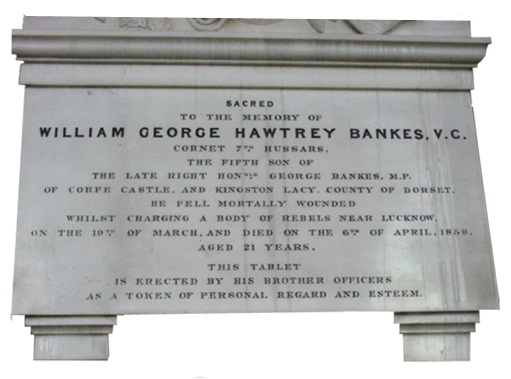
- Wimborne Minster Memorial of Cornet William George Hawtrey Bankes erected in his honour.
Tornos organises a special Mutiny Tour of Lucknow and as its optional extension a visit to the old British Cantonment is organised which includes a visit to the cemetery and the Memorial of Henry Lawrence (all these are otherwise inaccessible places and visits are organised by special arrangements). Similarly a day earlier guests may do a day excursion to Cawnpore covering the Mutiny Sites with a specialist academic guide to understand the advance of forces for the relief of Lucknow.
Credits : Brian Best (with additional inputs taken from Lord Ashcroft & D. H. PARRY)
LUCKNOWLEDGE is an initiative by Tornos. We do not intend to intrude your privacy and thus have an automated UNSUBSCRIBE system. At any point you may unsubscribe to our e-column or subscribe to it again through a link on our website. The above article is shared and in no way intends to violate any copy right or intellectual rights that always remains with the writer/publisher. This e-column is a platform to share an article/event/update with the netizens and educate them about Destination Lucknow.


